Why do you mount a horse on the left side
Sep 12, 2023 | Super Equestrian

Picture yourself standing at the edge of a sprawling meadow, the sun setting in the distance, and a majestic horse grazing nearby. You approach the horse, feeling excited and looking forward to riding it.
As you prepare to mount the horse, you instinctively move to the left side – but have you ever wondered why this is the case?
Because it is much easier for us as riders to mount a horse on the left side. And our equine friends feel more at ease, and it's much safer than mounting from the opposite side.
Mounting a horse from the left side may seem like a small and insignificant detail, but it's actually deeply rooted in the history and culture of horsemanship.
The practice of riding from the left side goes back to a time when horses were mostly used in warfare. This habit eventually became deep-rooted in the equestrian culture and is still practiced today.
In this article, we'll explore why riding a horse from the left has become the norm and what significance it holds in the equestrian world today. In addition, we will discuss why mounting from the right side is not recommended, how to mount and dismount a horse safely, and whether there is any discomfort for the horse when mounting them.
So, let's mount our imaginary horses and journey back in time to explore this old-age tradition.
Why do you mount a horse on the left side?
You may be wondering why people always mount horses from the left side. It's a curious tradition that dates back centuries and has been passed down through generations of horse riders.
While it may seem like a random choice, there are several fascinating historical and practical reasons why this practice developed.
Historical reasons:
Origins of horseback riding and cavalry
Climbing on the left side of a horse has been a long-standing tradition that started in the early days of horseback riding and warfare. In the past, soldiers rode horses into battle with weapons like swords and lances.
These weapons were often carried on the left side of the body, leaving the right arm free to use them effectively.
Sword placement and dominant hand of soldiers
To mount a horse while carrying a weapon on the left side, it was easier to approach the horse from the left side and swing the right leg over the horse's back. This made it more convenient to mount and dismount while carrying a weapon.
Additionally, the left side was typically preferred for mounting. Because it allowed the rider to use their right hand to control the reins while using their left hand to hold the horse's reins or any other equipment, such as a shield.
Mounting from the left side during hunting
Furthermore, mounting from the left side was also common during hunting, as it allowed the hunter to easily swing their right leg over the horse's back while holding hunting equipment like a gun or a bow and arrow. Just like Robin Hood!!
Practical reasons:
Familiarity of the horse with being mounted on the left side
Horses are creatures of habit. They are often trained to expect riders to mount from the left side. Thus, make them get aware of being left mounted. Riders usually approach and mount their horses from the left side, and horses become accustomed to this routine over time.
By consistently mounting from the left, riders can build familiarity and trust with their horses. Moreover, it keeps the horse calm and relaxed, making the mounting process smoother and safer.
Horse's natural tendency to turn to the right
Horses have a natural tendency to turn to the right when startled or frightened. This means that if a rider were to mount from the right side, the horse might be more likely to turn and move away from the rider, making it difficult to mount.
But approaching and mounting from the left side can avoid this issue and maintain better control over the horse.
Easier to mount with right leg swinging over the horse's back
Mounting from the left side is also easier for riders to lift and swing over the horse's back. Because most riders have a stronger and more stable right leg. By swinging the right leg over the horse's back, the rider can achieve a more steady and secure position in the saddle, which is critical for safety and comfort while riding.
Can you mount a horse on the right side?
Have you ever wondered if it's possible to mount a horse from the right side? You might be thinking, “I'm right-handed, so mounting from the right side makes sense, right?”
While it might seem like a good idea, there are several reasons why it's not recommended. In this section, we'll take a closer look at why mounting from the right side can be difficult and potentially dangerous for both you and the horse.
Horse's unfamiliarity with being mounted on the right side
As we said earlier, horses are creatures of habit and are used to being mounted from the left side. If you try to mount a horse from the right side, it can be confusing and scary for the horse.
For example, imagine you have a new horse that you've never ridden before. You decide to mount from the right side because it feels more natural to you. However, the horse is not used to this and may start to back away, buck or even bolt, putting you in danger.
For those who experience the sudden bucking situation, there is no doubt that it can be a horrifying circumstance for us as a rider. But apart from wrong mounting, is there any other reason behind their unexpected bucking behavior?
Well yes! If you want to avoid this situation, then check out this article: Why is my horse bucking all of a sudden?
Increased difficulty in swinging right leg over the horse's back
Swinging your right leg on the horse's back is more difficult than swinging your left leg. Since our right side is stronger than our left side, it can be challenging to lift your strong leg onto the horse's back while maintaining balance.
Besides, if you are a beginner rider, you may struggle to mount from the right side as you haven't developed the necessary leg strength and balance.
Risk of accidentally spooking the horse
Mounting from the right side can also increase the risk of accidentally spooking the horse. As we mentioned, our equine fellows have a natural tendency to turn to the right when startled. So, if you approach the horse from the right side, you may accidentally startle them, and they could escape or rear up.
Horse rearing can be dangerous for any rider and can cause serious injury. If your horse is exhibiting this behavior, and you are unsure how to address it, then this blog is just for you, how to stop a horse from rearing. Here we uncover some effective steps you can take to prevent rearing!!
Do horses like being mounted?
As riders, we are taught to always mount a horse on the left side, but have you ever stopped to consider whether horses enjoy being mounted? It's an intriguing question, and one that horse lovers and riders alike have been asking for a long time.
When it comes to whether horses enjoy being mounted or not, the answer is not a simple “yes” or “no”.
However, as humans, it's our responsibility to ensure that our horses are not uneasy when we mount them. They communicate their discomfort through body language, such as pinning their ears back, swishing their tails, and even biting or kicking.
These are all signs that your horse may not be happy to be mounted, and it's important to pay attention to them.
There are several factors that can influence their willingness to be mounted. For example, pain or discomfort from an ill-fitting saddle or bridle, fear or anxiety, bad experiences with mounting, rider’s rough and aggressive handling, and serious health issues like arthritis or lameness.
To make mounting a positive experience for the horse, there are some training considerations to keep in mind. One significant strategy is called desensitization. This means gradually getting the horse used to the weight and movement of the rider. You can use a mounting block or other raised platform to help with this.
It's also critical to keep the horse relaxed and calm during the mounting procedure. Try to avoid any sudden or startling movements that might scare the horse. Finally, utilizing regular training strategies and positive reinforcement (such as treats or praise) can help the horse associate mounting with positive experiences.
How to mount and dismount a horse safely
If you're planning to ride a horse, it's critical to learn how to mount and dismount safely. Here are some step-by-step guides to help you do so:
Tips for mounting a horse safely:
- First, approach your horse gently, letting them see and smell you. Always remember to stand on the horse’s left shoulder.
- After that, grab the reins and hold them close to the horse’s neck. It will keep them steady.
- Put your left foot in the stirrup and hold onto the saddle with your right hand. Then push yourself up, and remember to keep your weight balanced as you do this.
- Slowly sit in the saddle and adjust your feet in the stirrups. Then take a moment to make sure you're comfortable.
- After that, check your position and make sure that your back is straight, feet are in the stirrups, and hands are holding the reins correctly.
- Finally, adjust the horse's position as needed and make sure they’re standing still and relaxed before you start riding.
Tips for dismounting a horse safely:
- First, look for a plain and level area for dismounting. Make sure the area is free from obstacles that can cause you or your horse to stumble.
- Take a moment to prepare, like adjusting reins, taking feet out of the stirrups. Then shift your weight and slightly move forward.
- After that, reach your right hand through the horse neck to grab the front of the saddle, and swing your right leg back over the horseback.
- Land gently with your legs to absorb the impact. Keep your weight forward and your hands on the saddle until you are certain that you have your balance.
- And finally, once you're safely on the ground, move away from the horse to avoid getting stepped on.
Accidents can happen unexpectedly, like getting stepped on by a horse. If this happens, try not to panic. Follow the steps in this article, "What to do if a horse steps on your foot," to help yourself recover from any injuries.
Overall, proper technique and safety precautions while mounting a horse are essential for staying safe and avoiding injury.
Conclusion
Mounting a horse on the left side may seem like a small task, but it has a big impact on both the rider and the horse's safety and comfort. We can appreciate the importance of this seemingly small act and deepen our connection with these magnificent animals by understanding the historical and practical reasons behind this tradition.
So, next time you mount a horse, remember the significance of the left side and enjoy your ride!If you have any questions about mounting a horse, please feel free to ask us in the comments below. We're happy to help. Thank you!
FAQs-
Q: Do all equestrian disciplines require mounting from the left side?
A: Most equestrian disciplines require mounting from the left side, but there are some that allow mounting from either side, such as polo and tent pegging. In these sports, riders often need to mount quickly and may find it more convenient to mount from the right side.
Q: Can mounting from the right side affect a horse's performance?
A: No, mounting from the right side is unlikely to impact a horse's performance. However, it may feel awkward for the rider, especially if they are used to mounting from the left side.
Recent Blogs
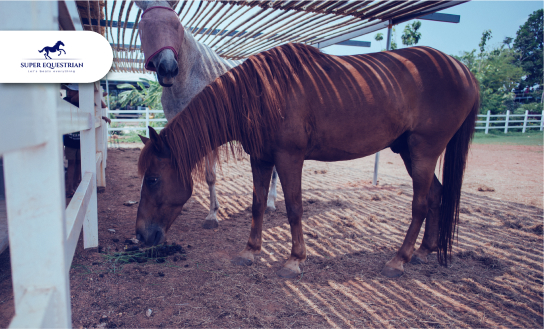
Common Equine Diseases and How ...

Equine Health Supplements: What Every ...
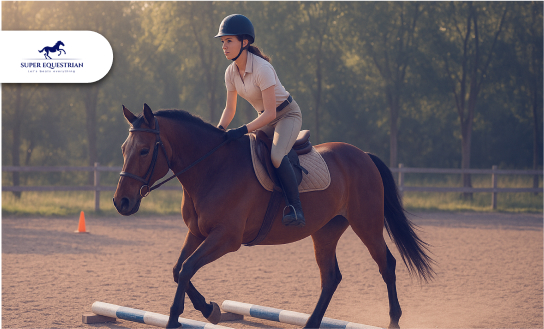
Jumping Basics: How to Prepare ...
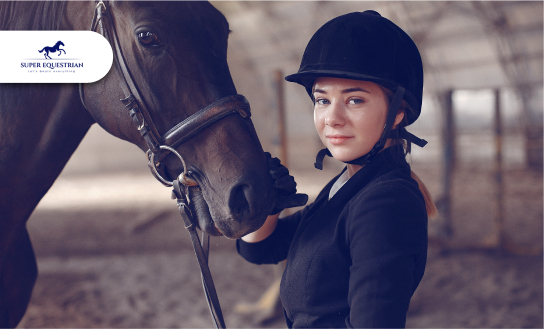
Essential Horse Riding Gear for ...
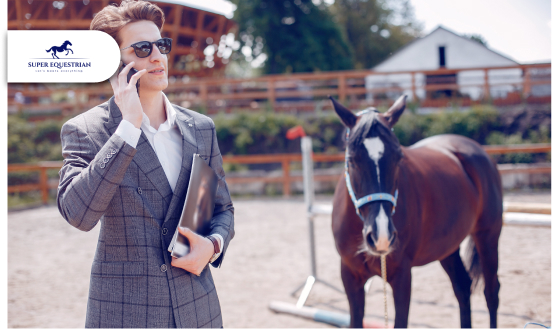
How to Balance Work, Life, ...

How to Balance Work, Life, ...
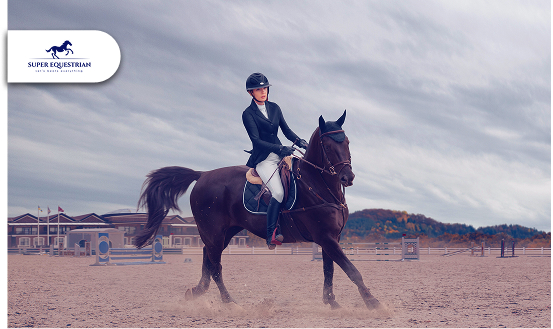
Top 5 Exercises to Improve ...
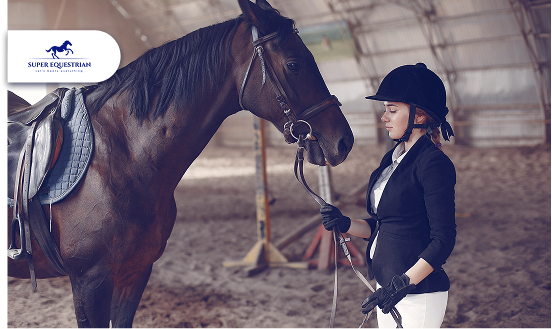
How to Build Confidence as ...
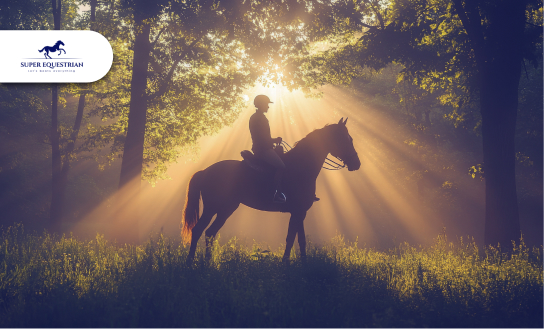
Spotlight on Equestrian Legends: Riders ...
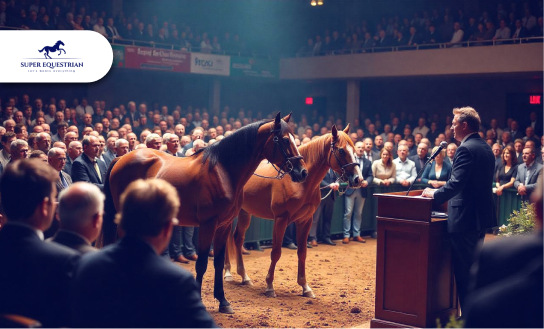
Horse Auctions and Sales...

Top Horse Friendly Travel Destinations ...

How to Build Stronger Bonds ...

Upcoming Horse Shows and Competitions ...
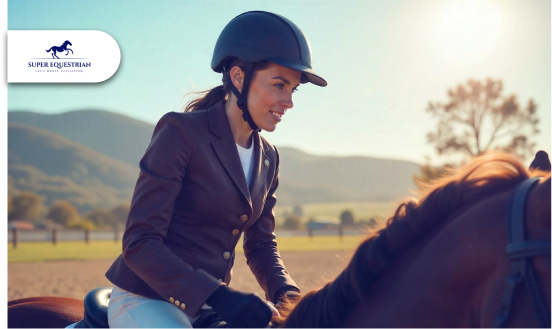
MIPS Equestrian Helmet The Future ...
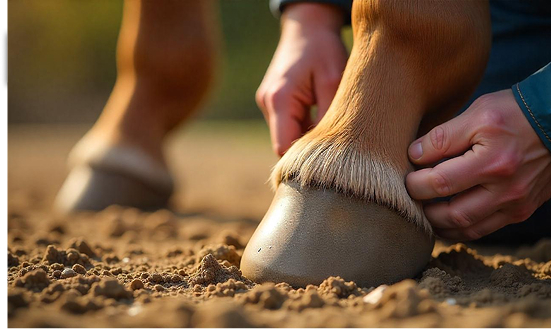
How to Recognize and Treat ...
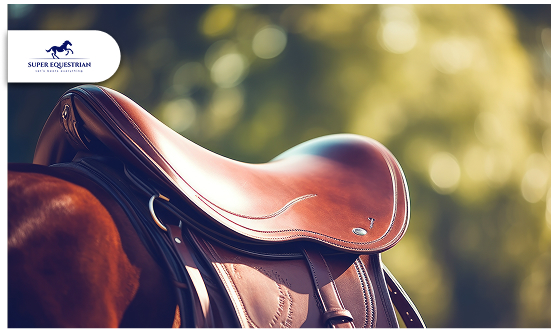
How to Choose the Perfect ...
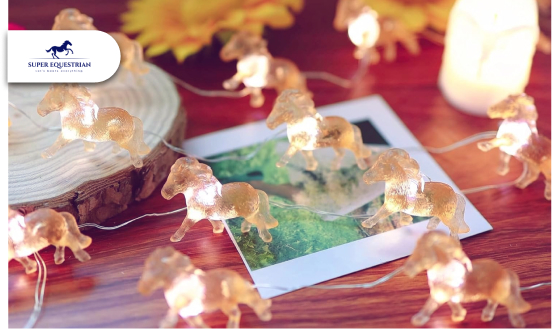
Horse-Themed Gifts Unique Ideas ...
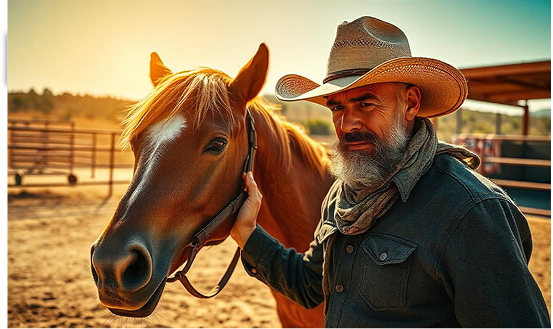
Horse Training Techniques: Creating A ...
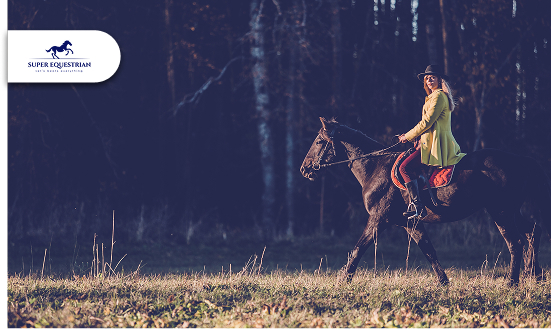
Horseback Riding Lessons – Everything You ...
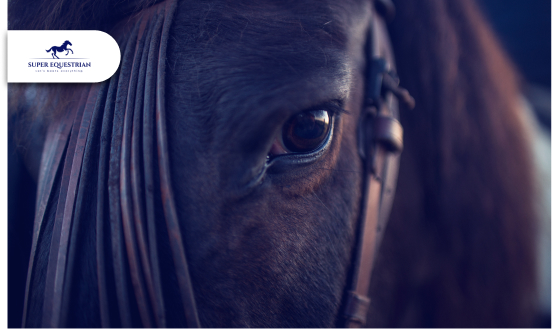
Horse Photography Tips: Learn the ...
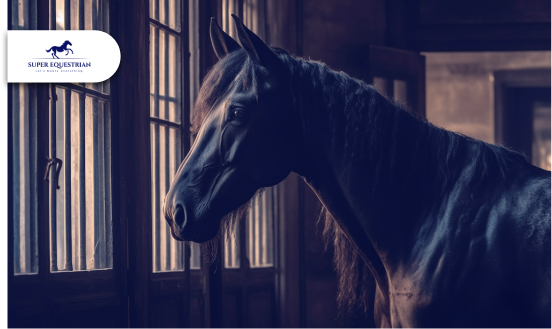
Horse Stable Management: The Quiet ...
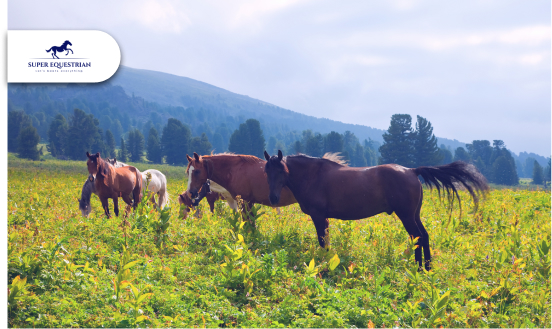
Horse Rescue Organizations: A Profound ...
Horse Racing Events A Look ...
Best Horse Manure Fork Six ...
What Are The Rarest Horses ...
What Does It Mean When ...
Horse Insurance Providers This Is ...

Horse Behaviour and Psychology: Learn ...

How Much Does a Horse ...
.jpg)
Best Monoflap Saddles For Your ...
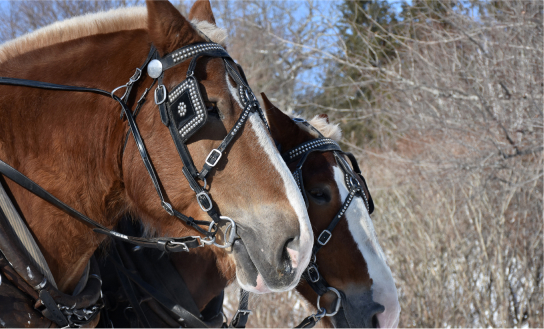
Best Hackamore For Barrel Racing...
.jpg)
Best Barrel Racing Reins Top ...
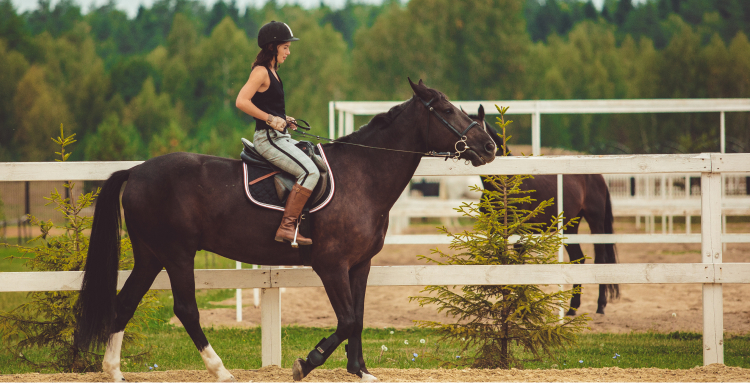
Horse Anatomy And Physiology: Facts ...
.jpg)
Best Stirrups For Ankle Pain - ...
.jpg)
Horse Care Tips and Tricks: ...
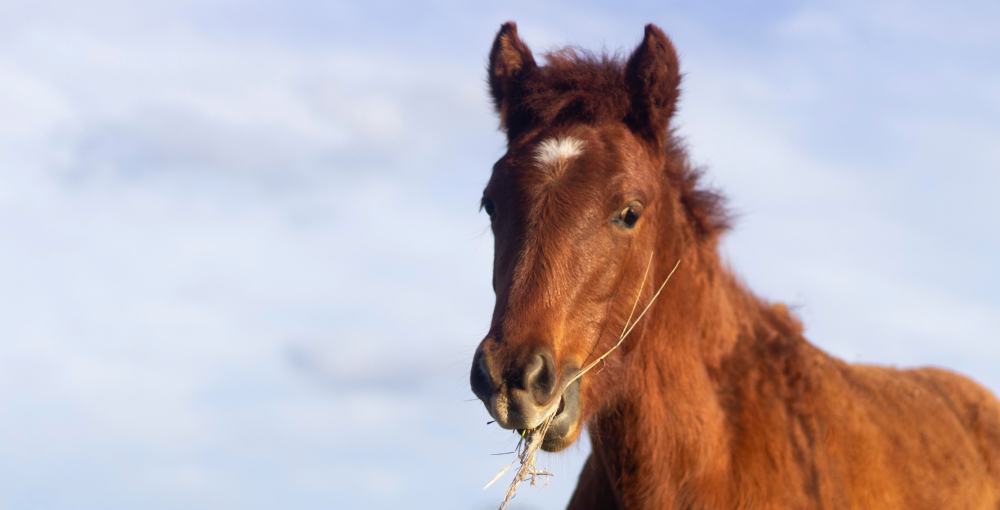
What Do Wild Horses Eat- ...
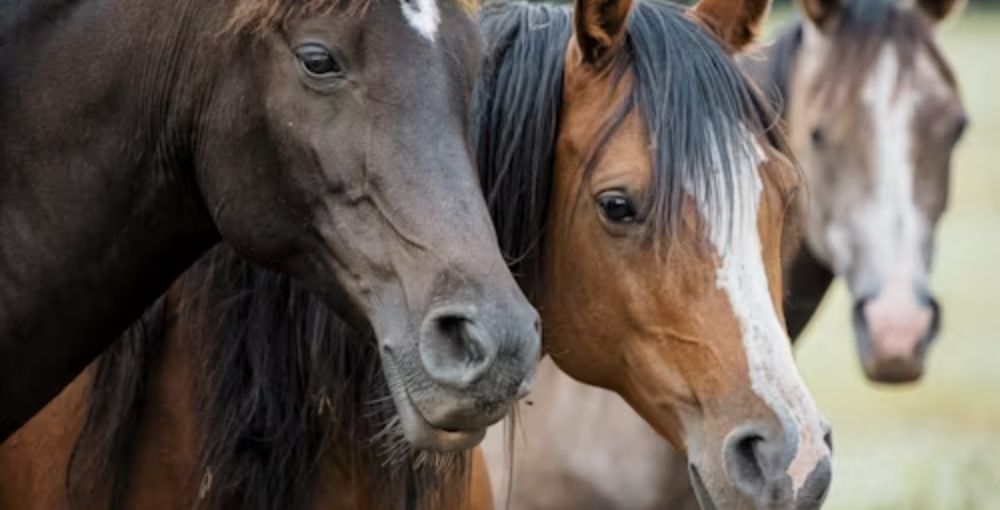
Horse Breeds and Characteristics: How ...
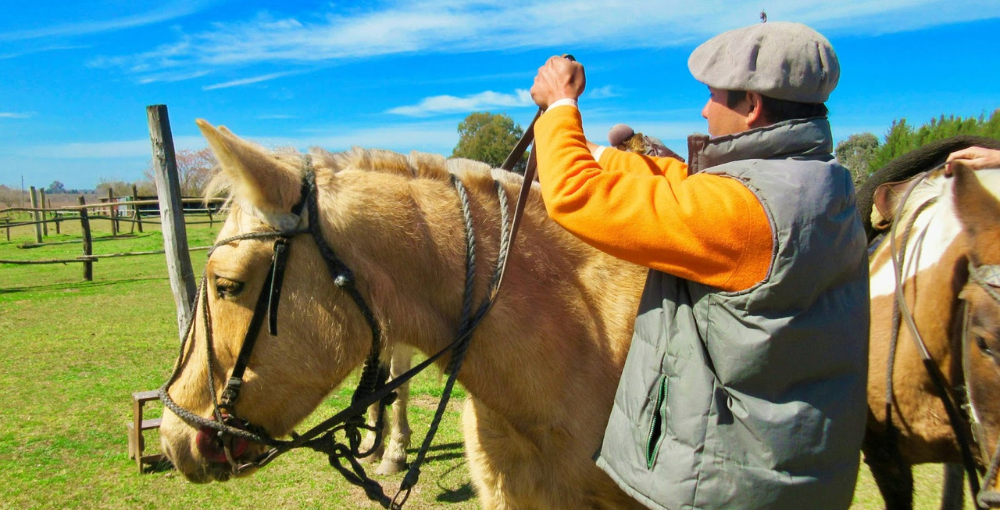
Best Barrel Racing Reins - Top ...

Horse Breeds and Characteristics: How ...
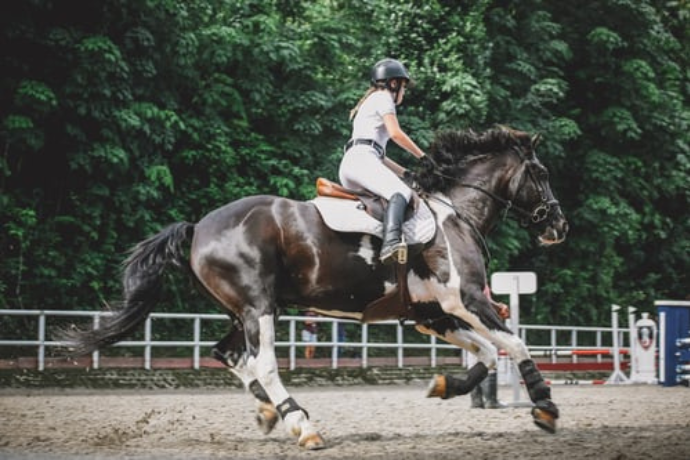
Best Breeches For Curvy Riders...
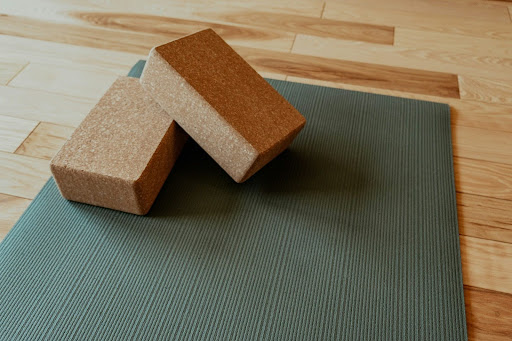
Best Stall Mats For Horses - ...

Best Horse Brushes ( A Thread ...

Best Saddle Rack ( Keep Your ...

Best Bit For Training a ...
.jpg)
10 Morgan Horse Show Held ...
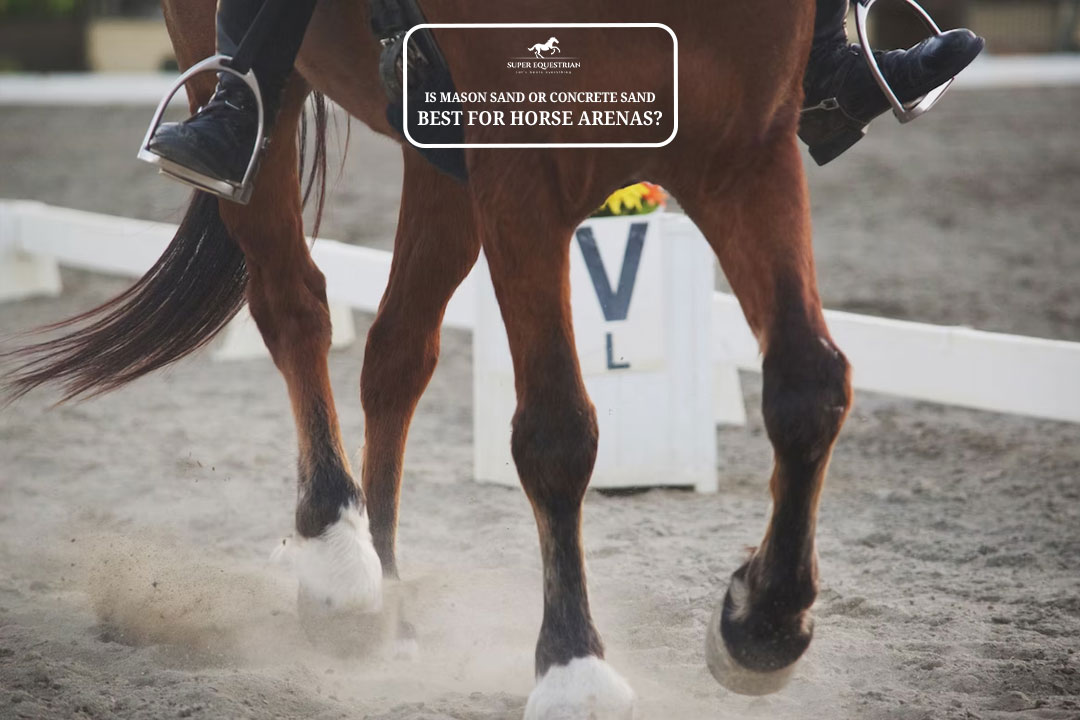
Is Mason Sand Or Concrete ...
.jpg)
Best Girth For Your Horse ...
.jpg)
Ranch Cutter vs Cowhorse Saddle? ...
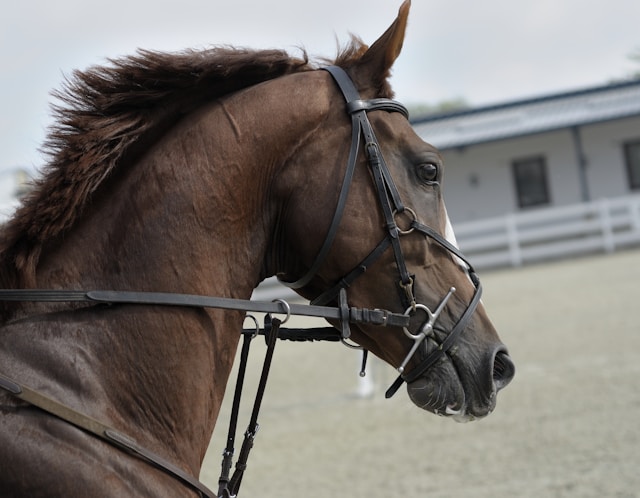
Types of Horse Bit and ...
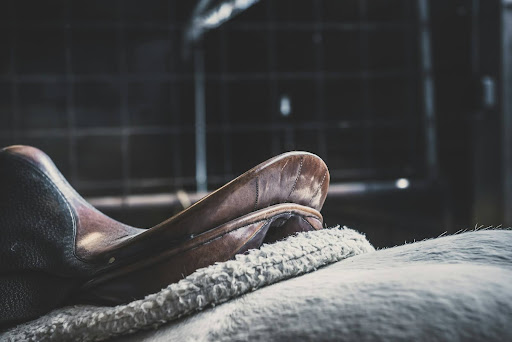
Is Hilason a Good Saddle ...
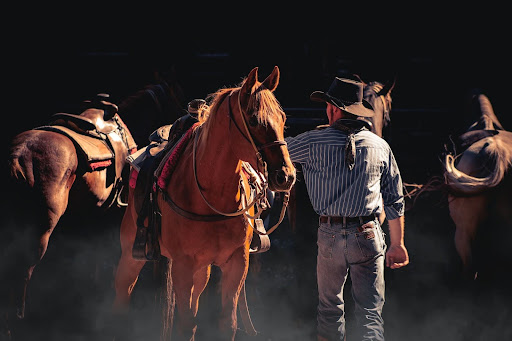
How to choose a bit ...
.jpg)
Best Salt Blocks For Horses...
.jpg)
Types of Horse Brushes (Equine ...
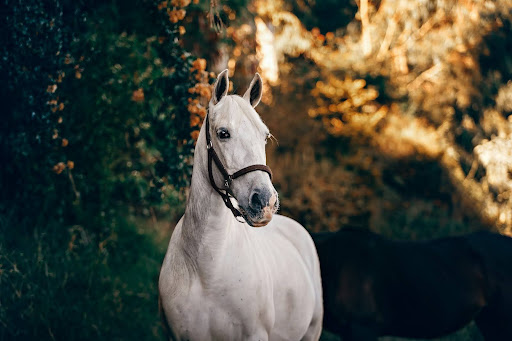
How To Get a Horse ...
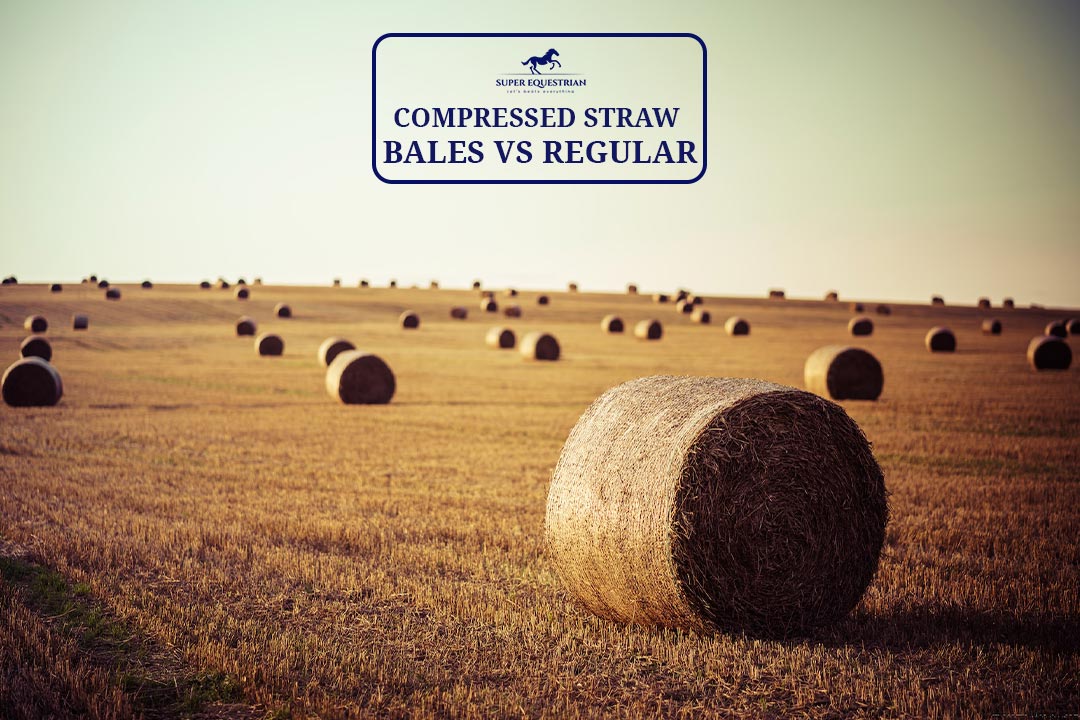
Compressed Straw Bales Vs Regular? ...
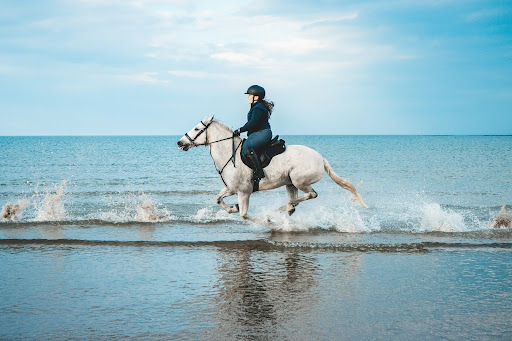
Horse Riding Lessons For Intermediate ...

Horse Trailer Brands To Avoid...

Strawberry Roan vs Red Roan? ...
.jpg)
Gelding vs Stallion...
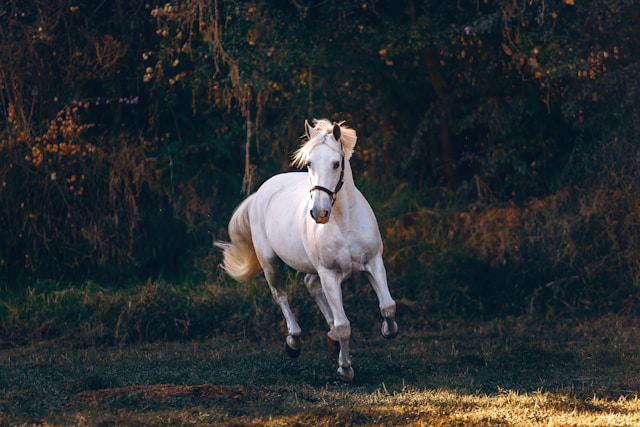
Why Does a Horse Whinny? ...
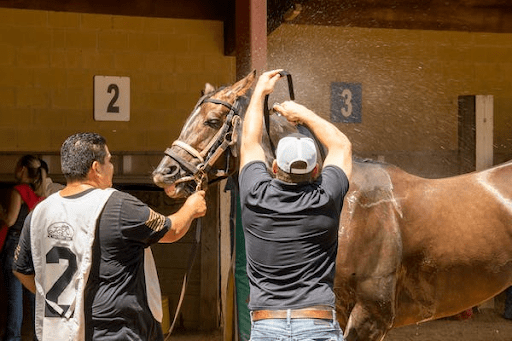
How to Clean a Rusty ...
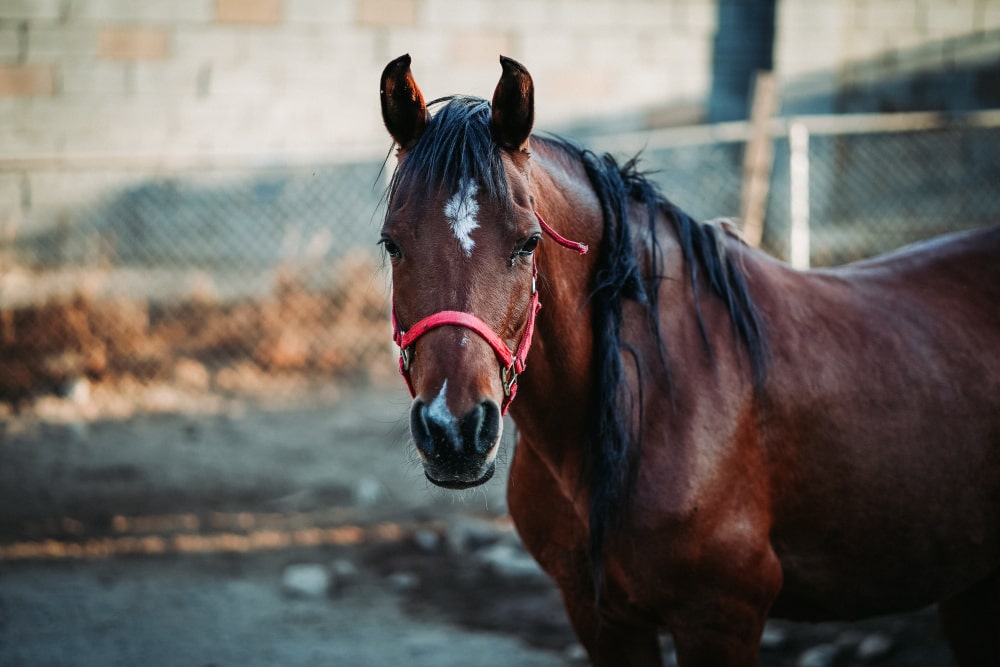
Why Do Horses Foam at ...
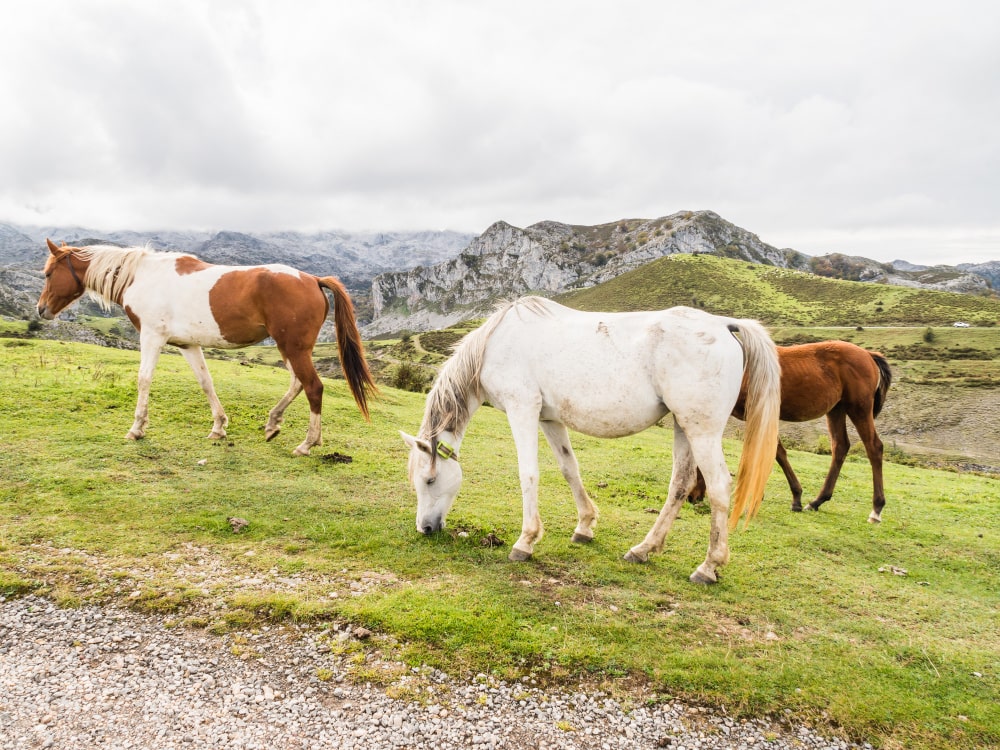
Why Do Horses Bob Their ...

Nutrition Unveiled: Triple Crown Senior ...
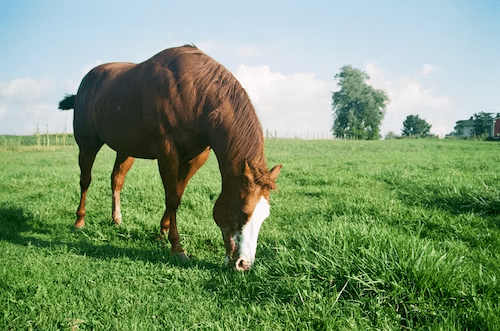
Pasture Pro Vs. Grazon: Horse-...
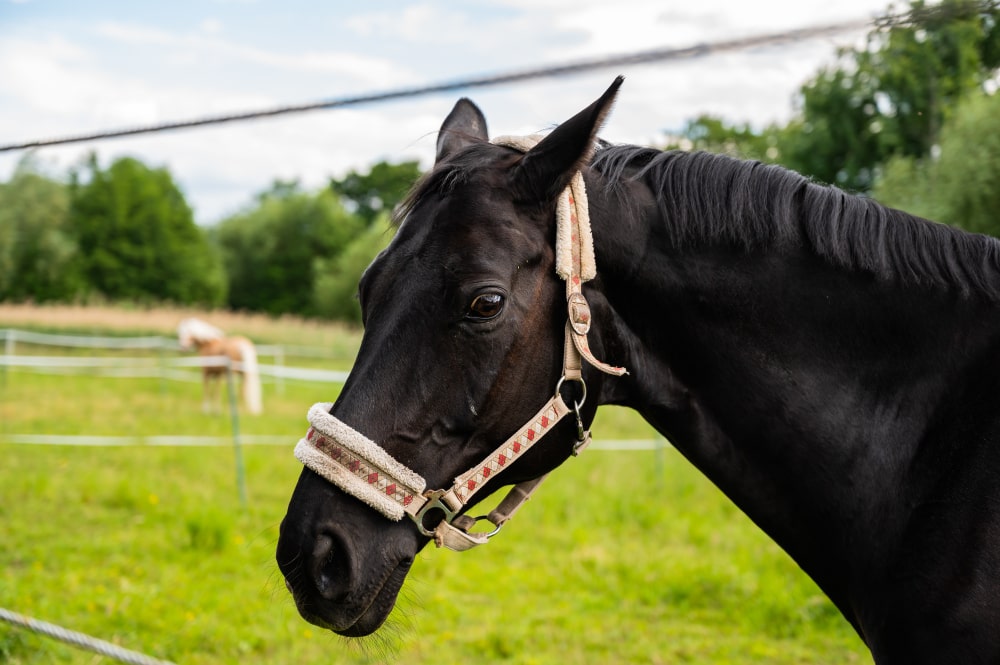
Dutch Gag Vs. Pelham: Bits ...
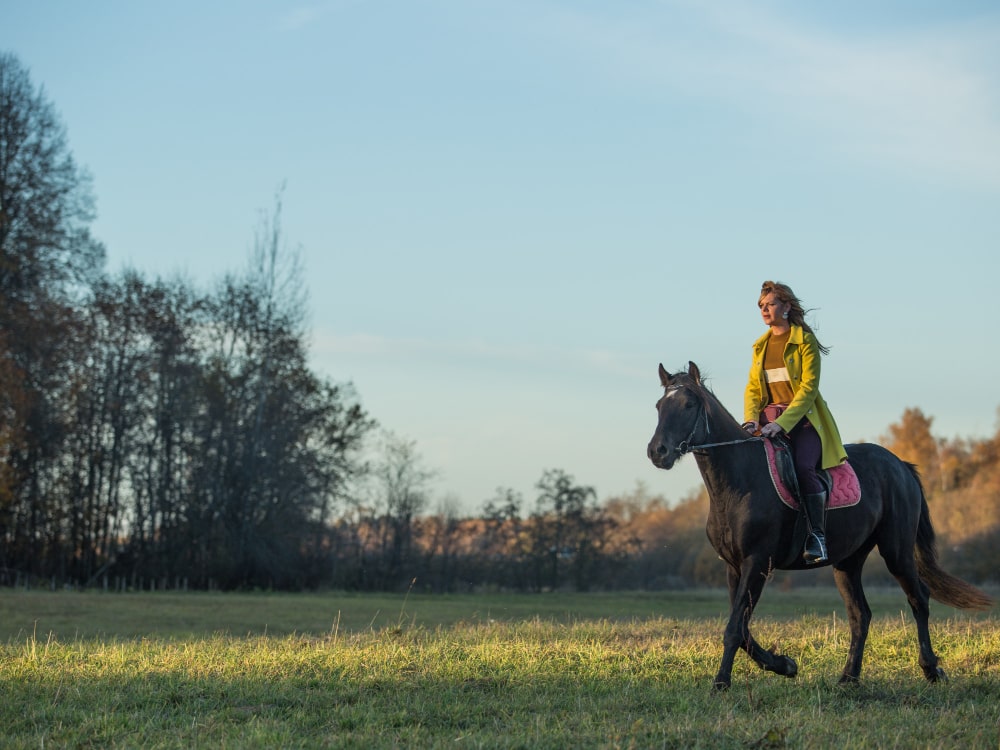
Walking Horse vs Racking Horse: ...
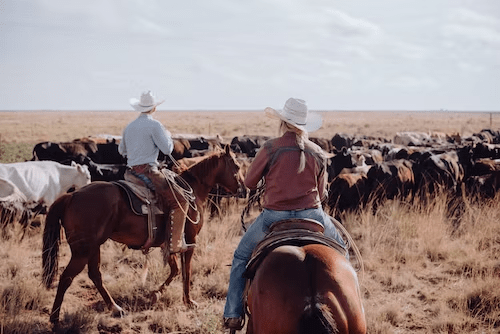
Wade vs Association Saddle: Your ...
.jpg)
Step Up vs Ramp Horse ...

Bosal vs Hackamore: A Head-...
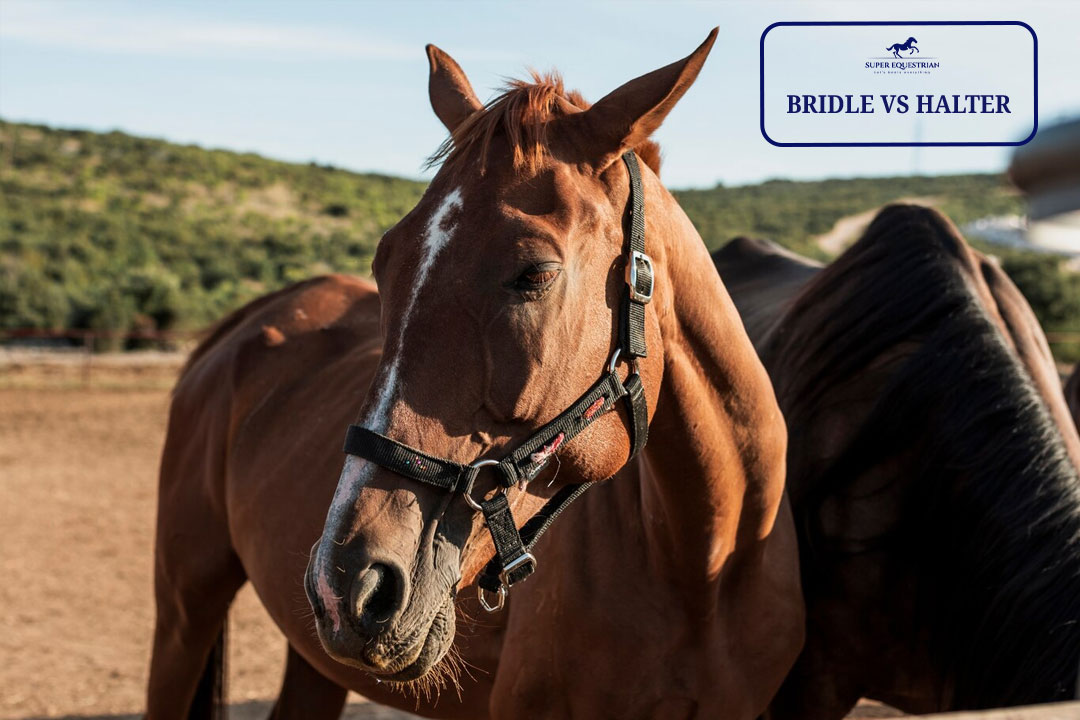
Bridle Vs Halter: Which One ...

Paddock Boots Vs Riding Boots: ...

Shadow Horse Trailer Problems: Causes, ...
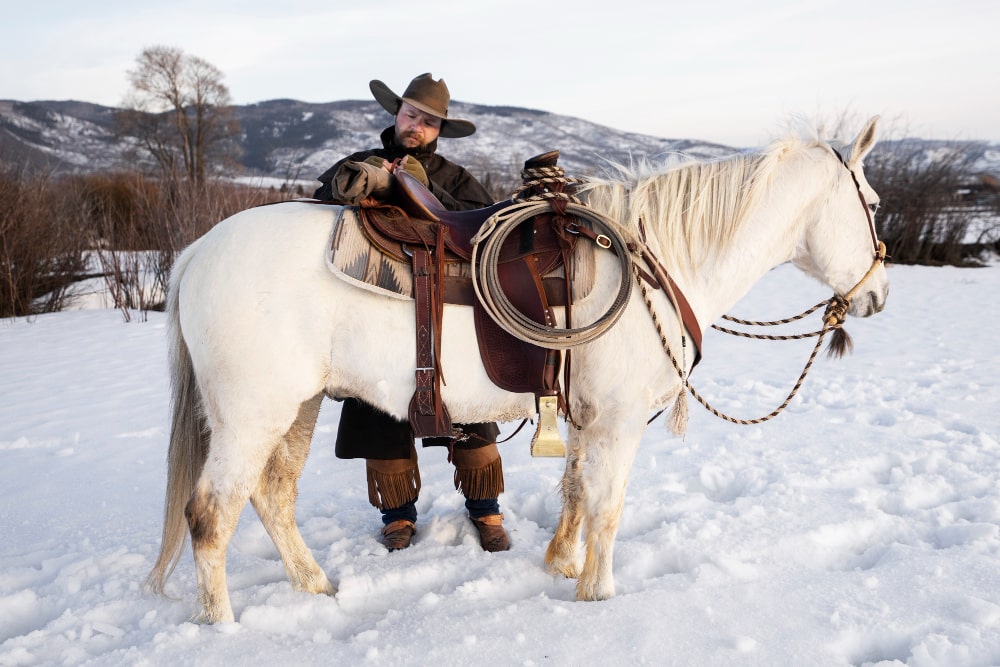
Are Billy Cook Saddles Good - ...

Let's Start at the ...
Benefits of Beet Pulp for ...
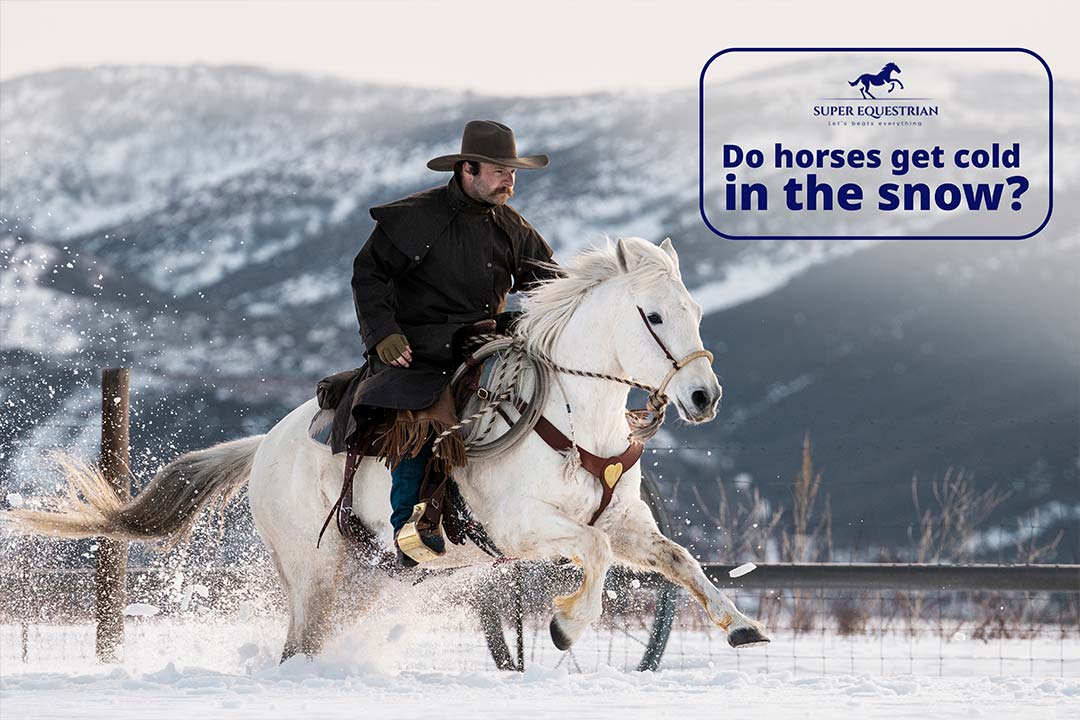
Do horses get cold in ...
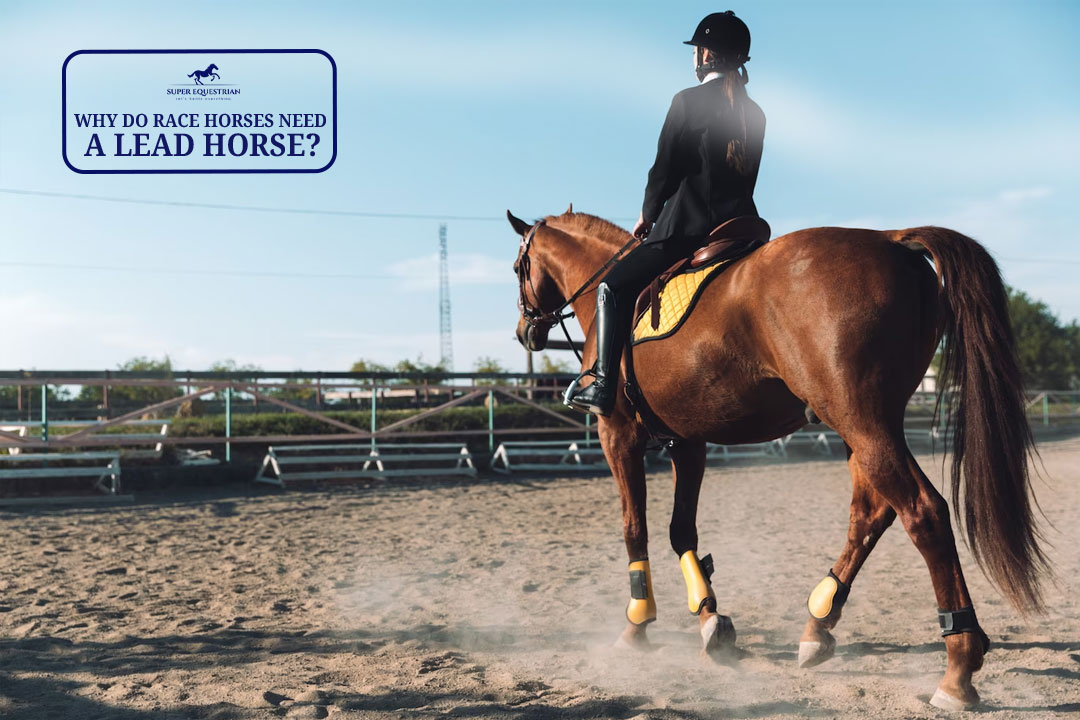
Why Do Race Horses Need ...
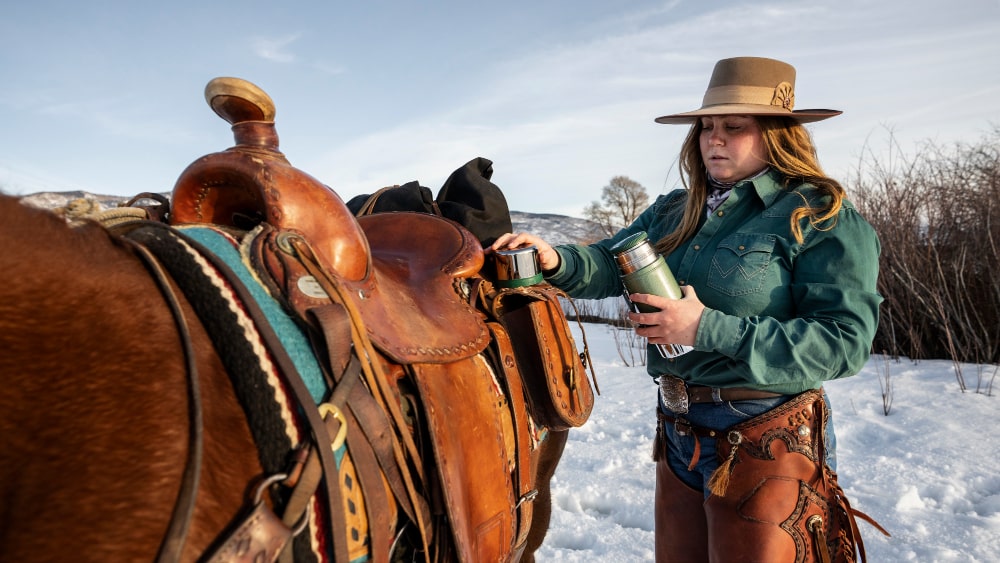
Ranch Saddle vs. Roping Saddle: ...

Round Pen vs Square Pen ...

Must Have Horse Trailer Accessories: ...
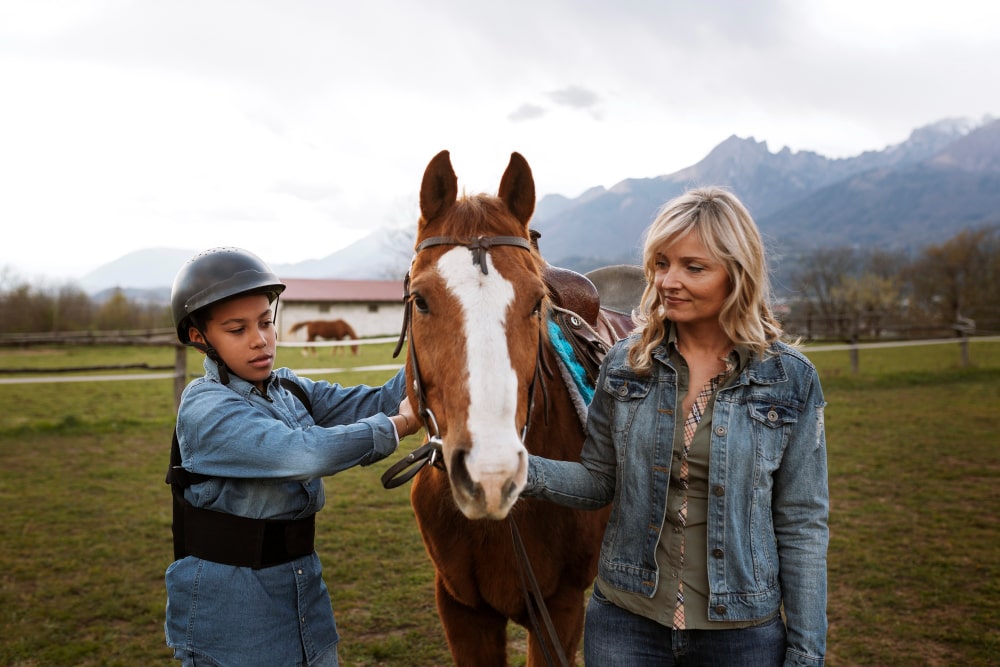
Is MIPS Worth for Equestrian?...
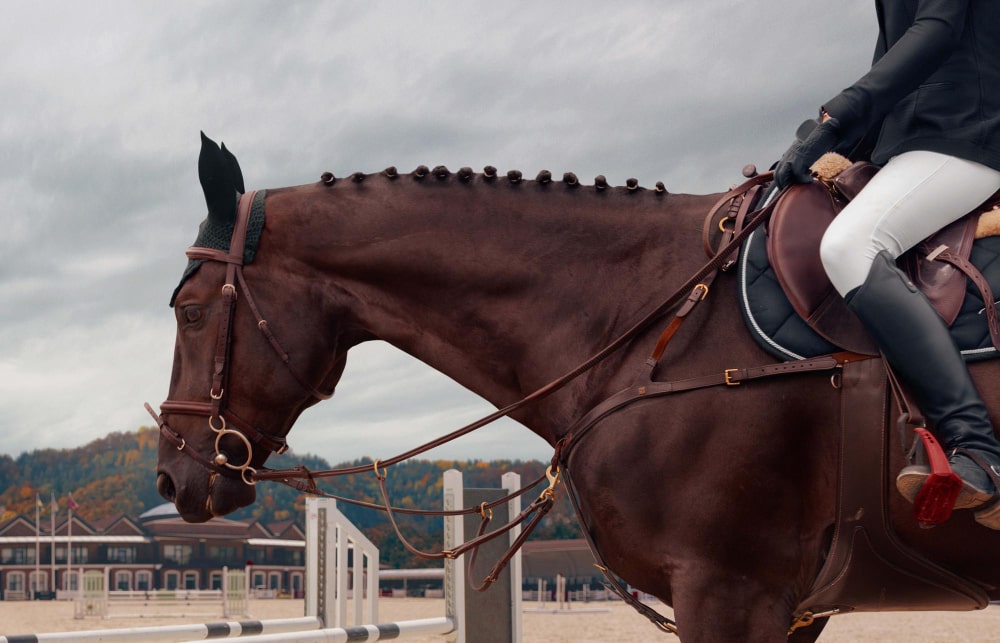
Natural Horsemanship vs Positive Reinforcement: ...

How to Mount a Horse ...
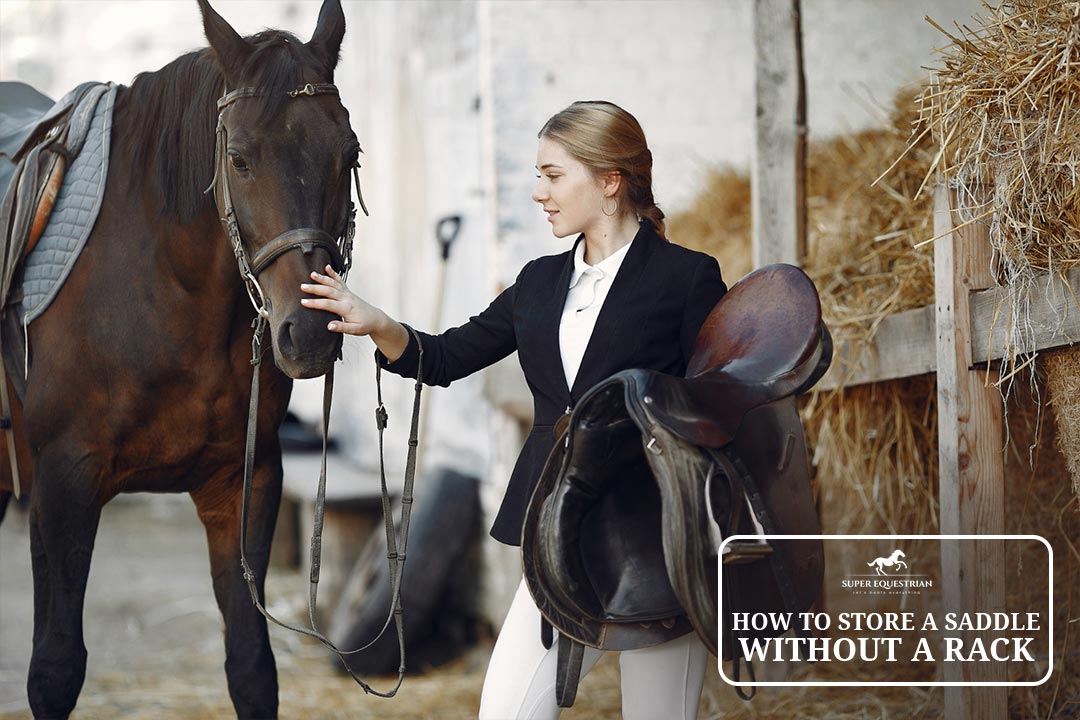
How to Store a Saddle ...
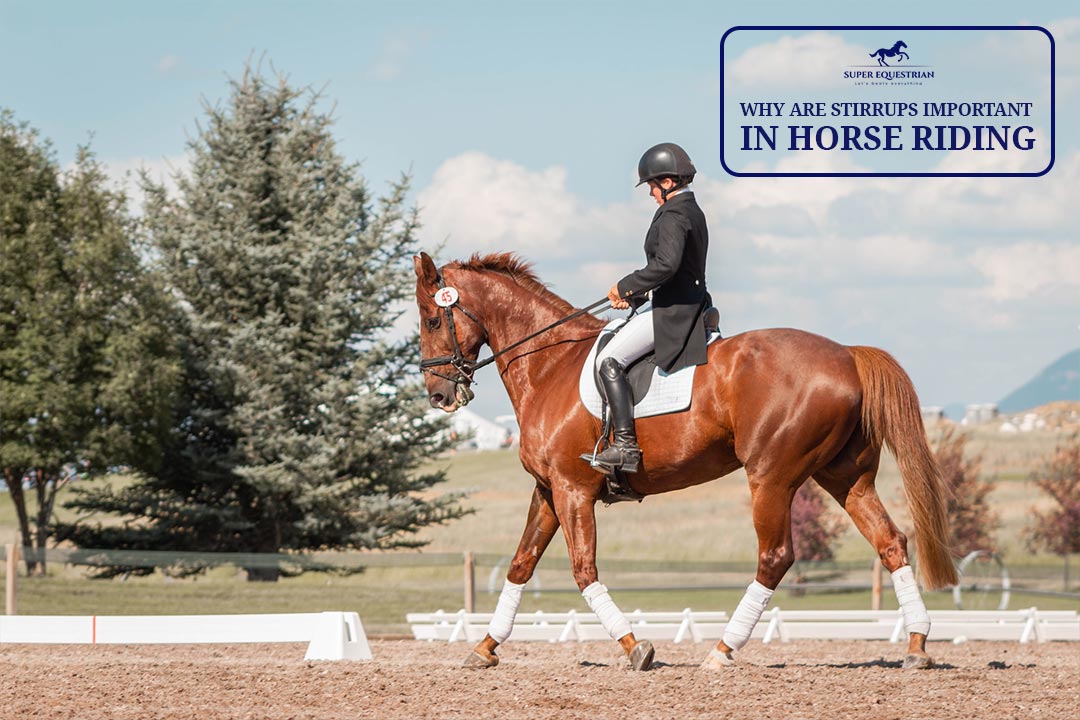
Why are Stirrups Important in ...
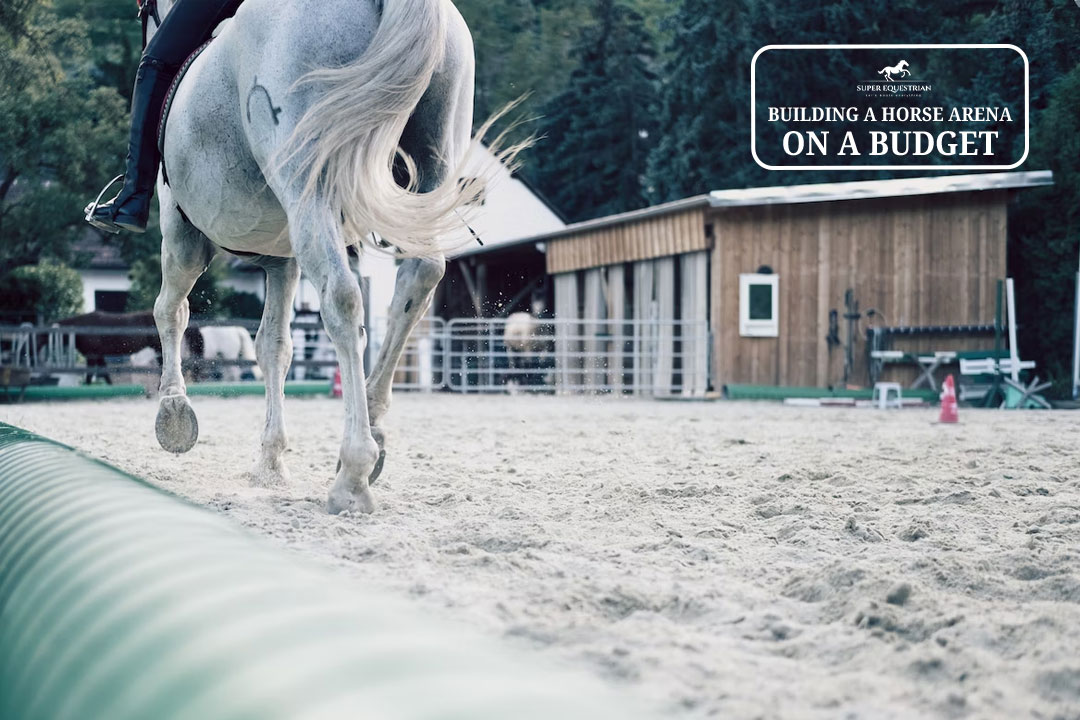
Building a Horse Arena on ...

How to Make Horse Treats ...

Order of Grooming a Horse...

Horse Riding Lessons Plan: The ...

Horse Trailer Roof Replacement and ...
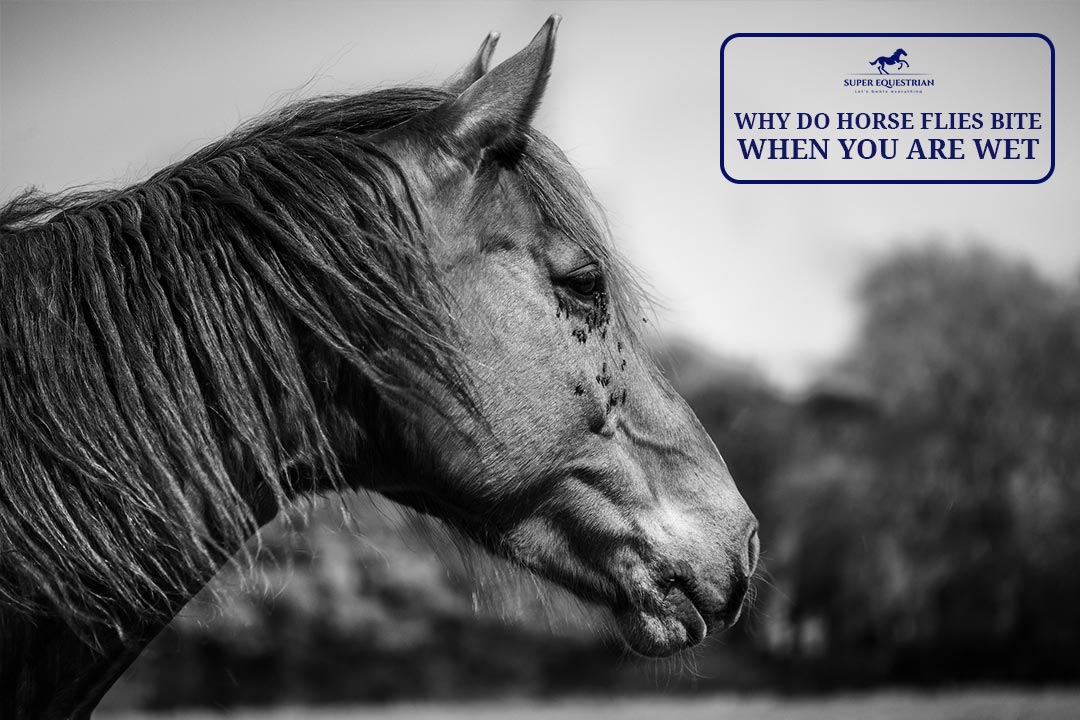
Why Do Horse Flies Bite ...
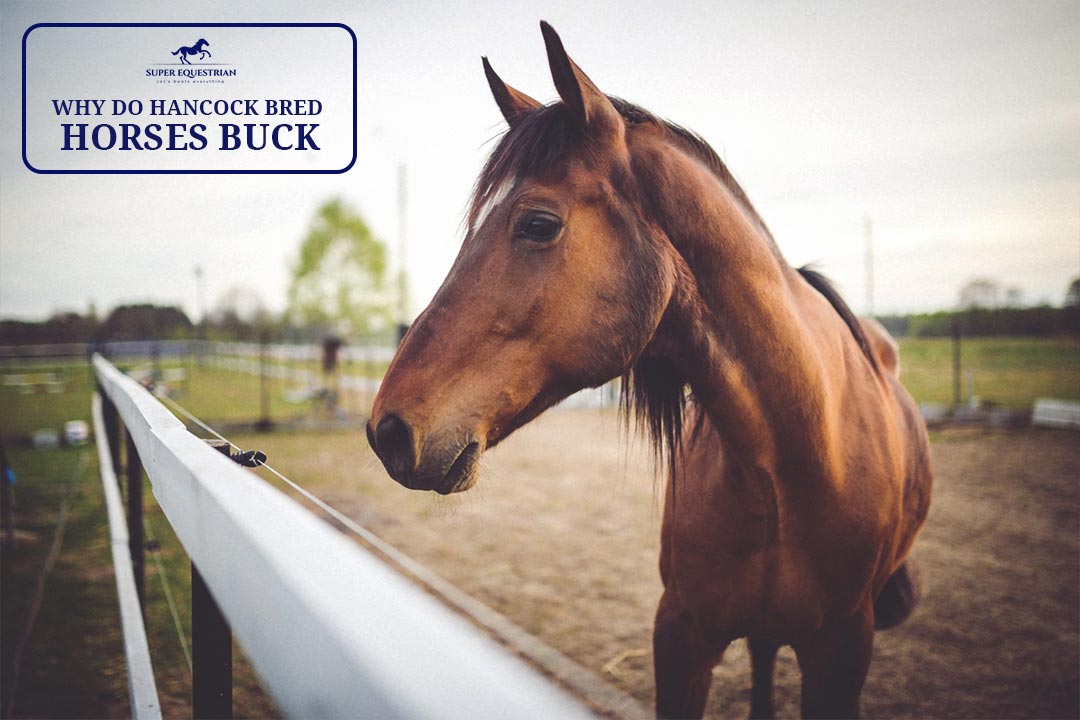
Why Do Hancock Bred Horses ...

Quarter Horse Bloodlines to Avoid...
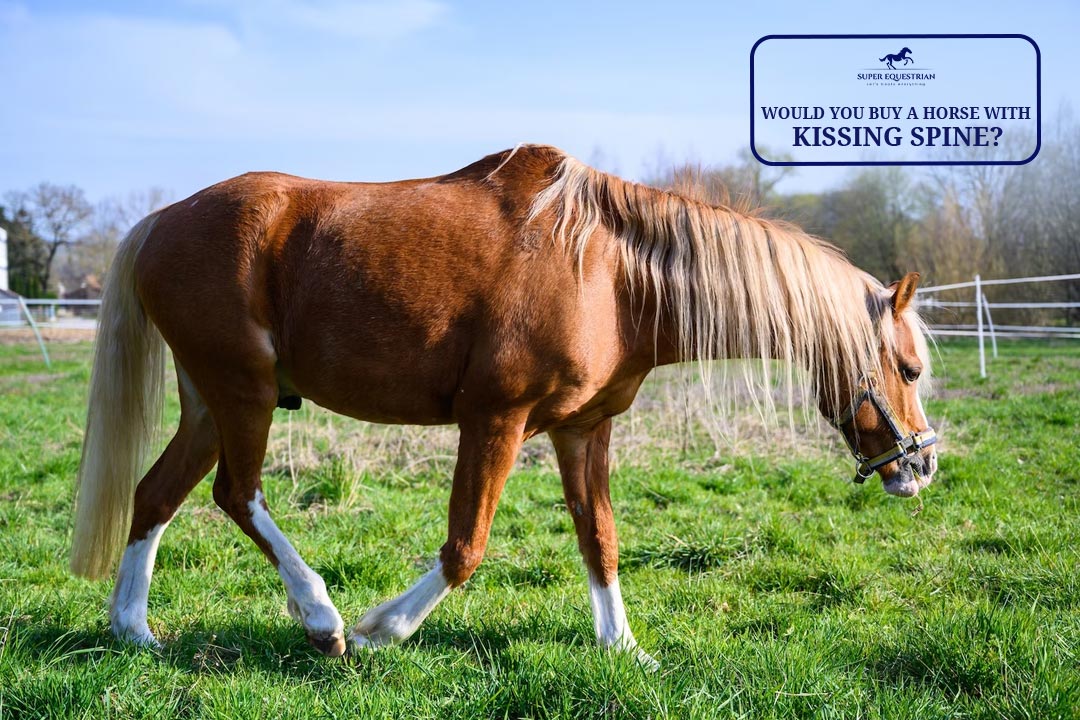
Would You Buy a Horse ...
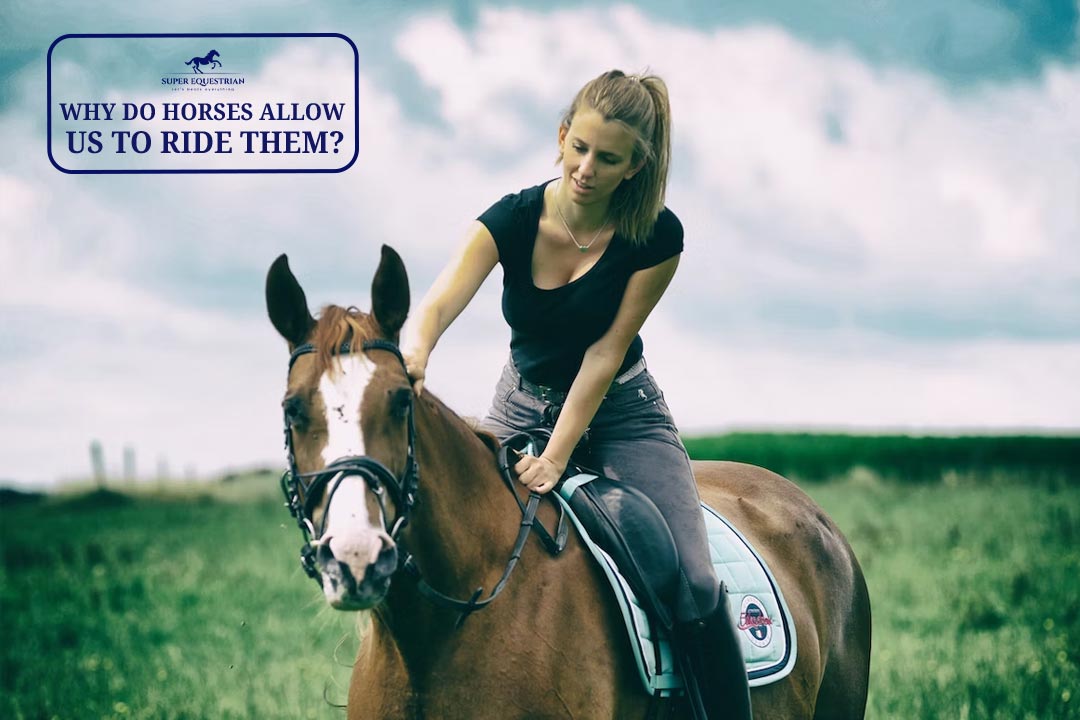
Why Do Horses Allow Us ...
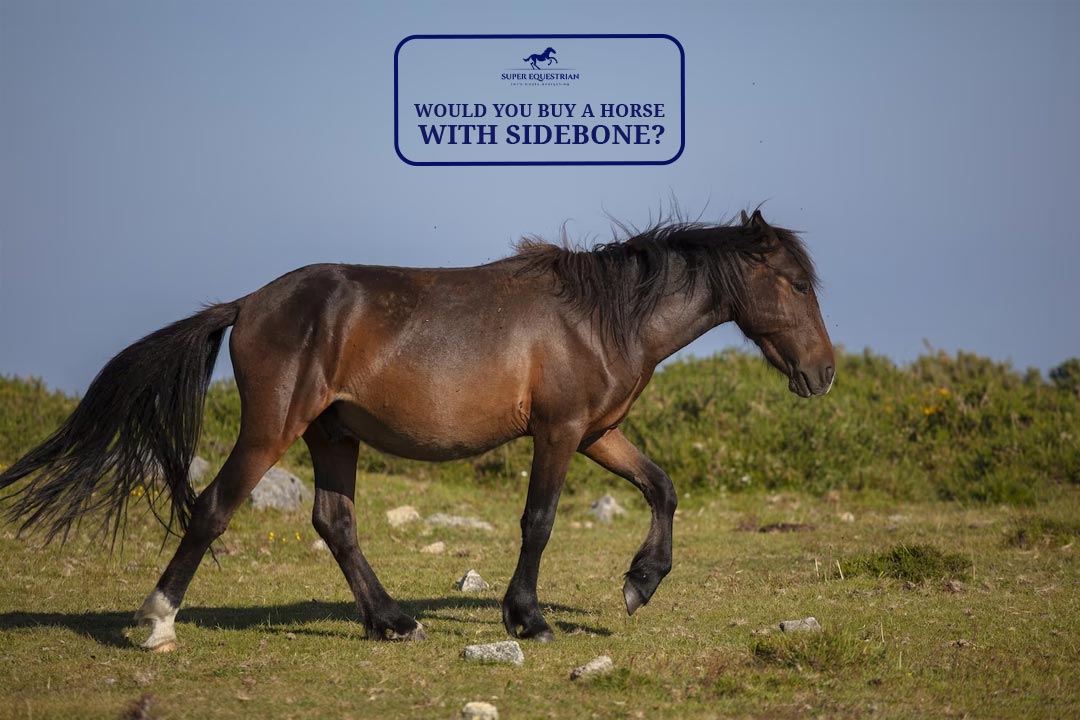
Would you buy a horse ...

Why Are Klapper Bits So ...
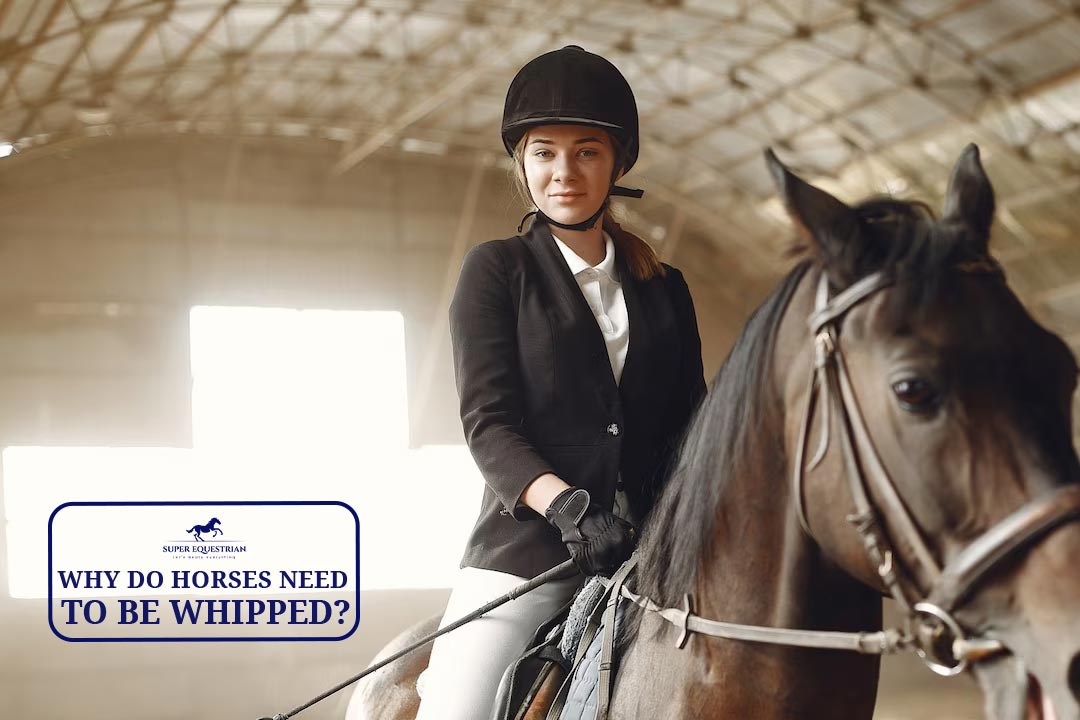
Why do horses need to ...

Why do you mount a ...
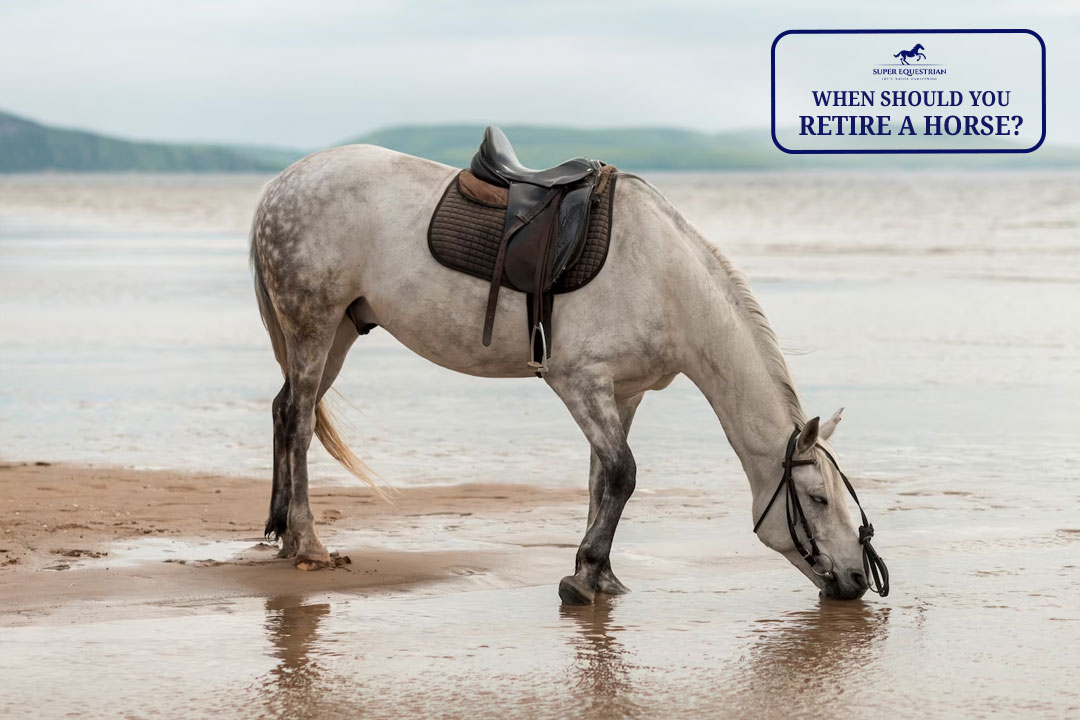
When Should You Retire A ...

Why Are Horses Whipped When ...
.jpg)
Why Do Horses Have A ...
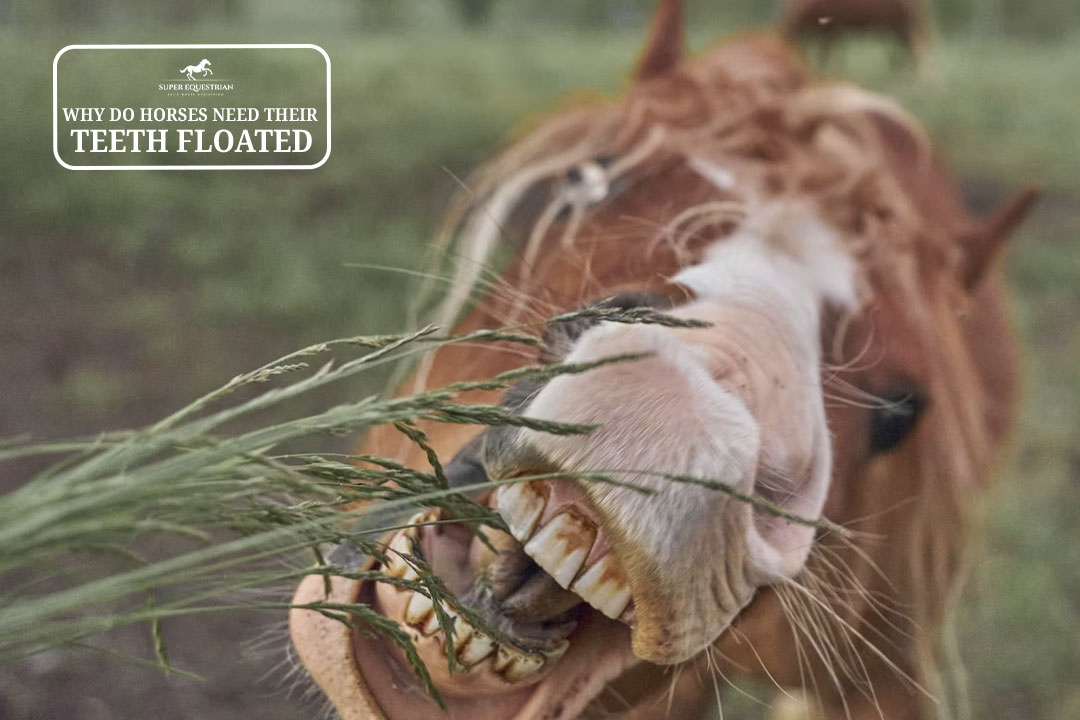
Why Do Horses Need Their ...

What To Do If Horse ...

What To Do If A ...
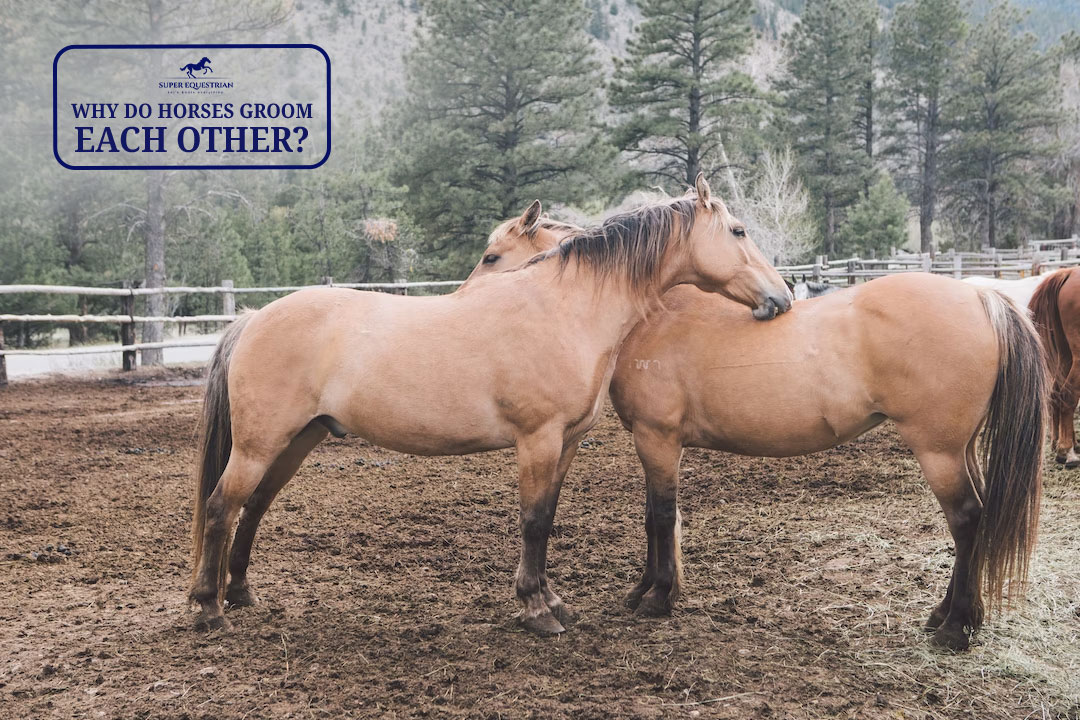
Why do horses groom each ...
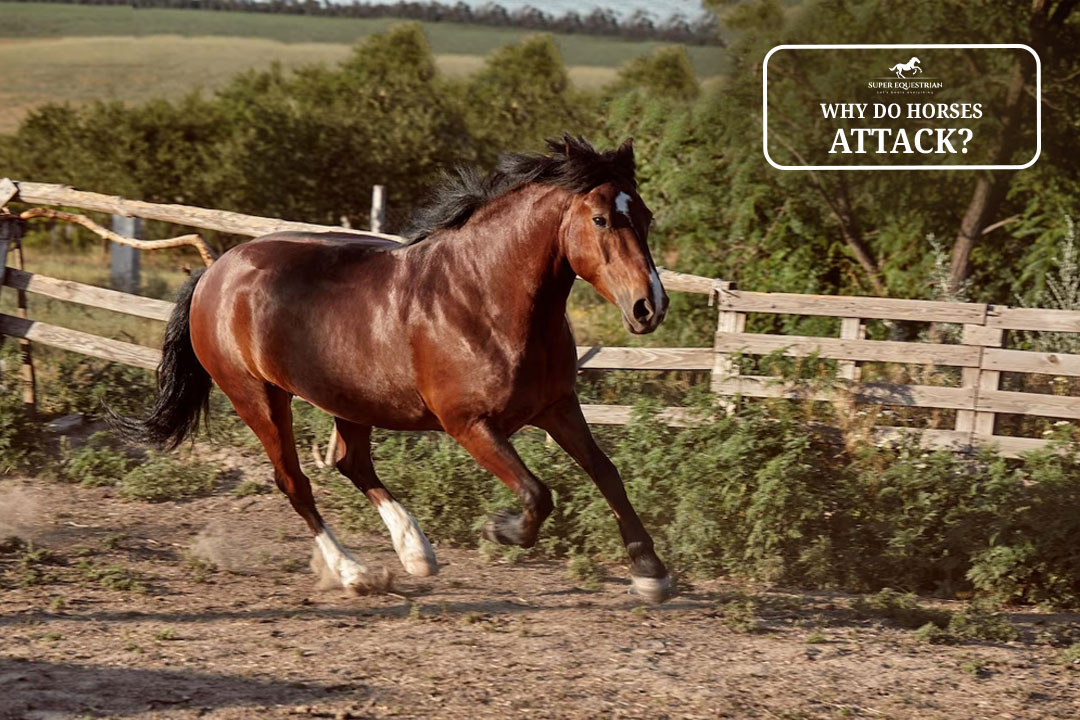
Why do horses attack...

Should I Use a Martingale ...

How to fit bell boots ...
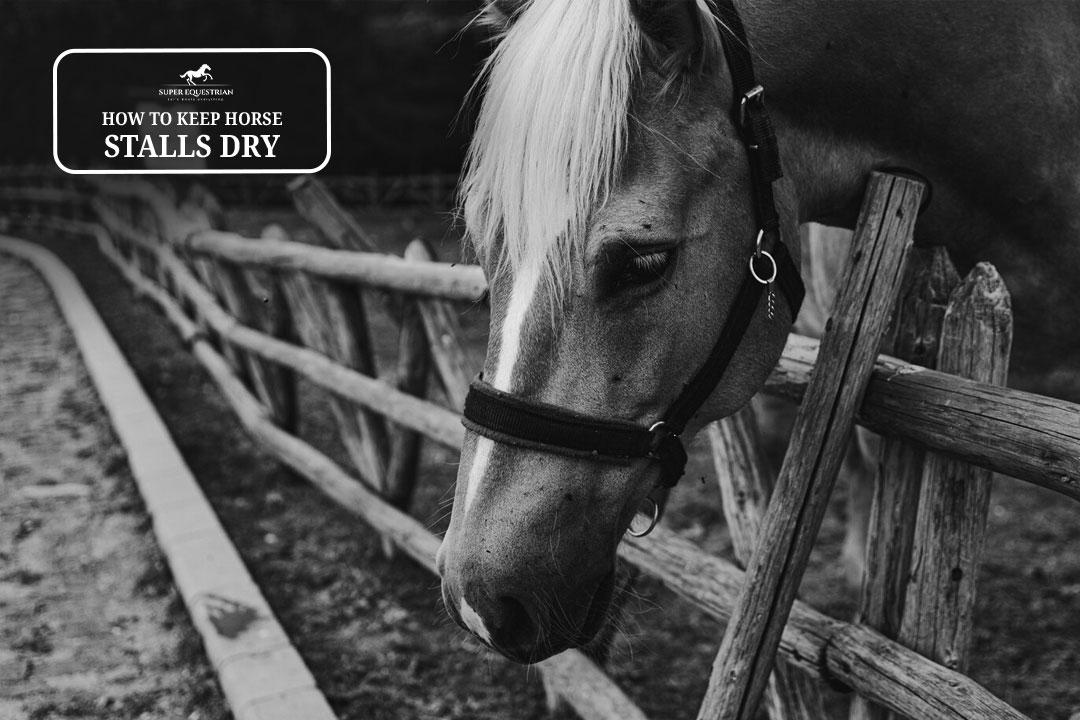
How To Keep Horse Stalls ...
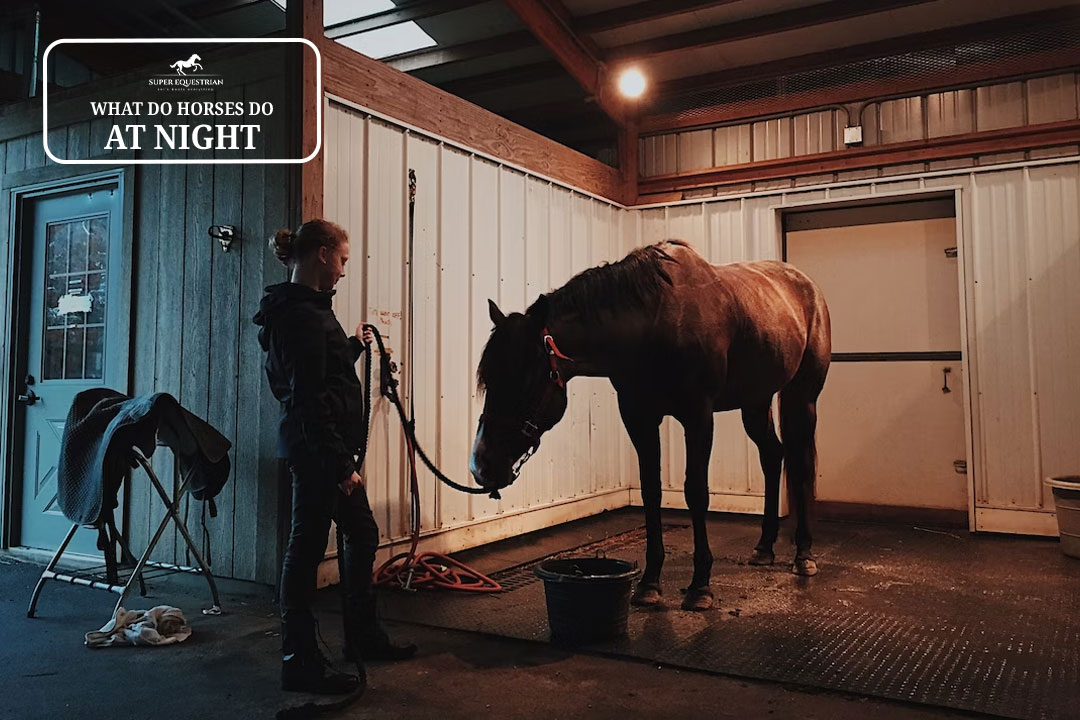
What Do Horses Do At ...
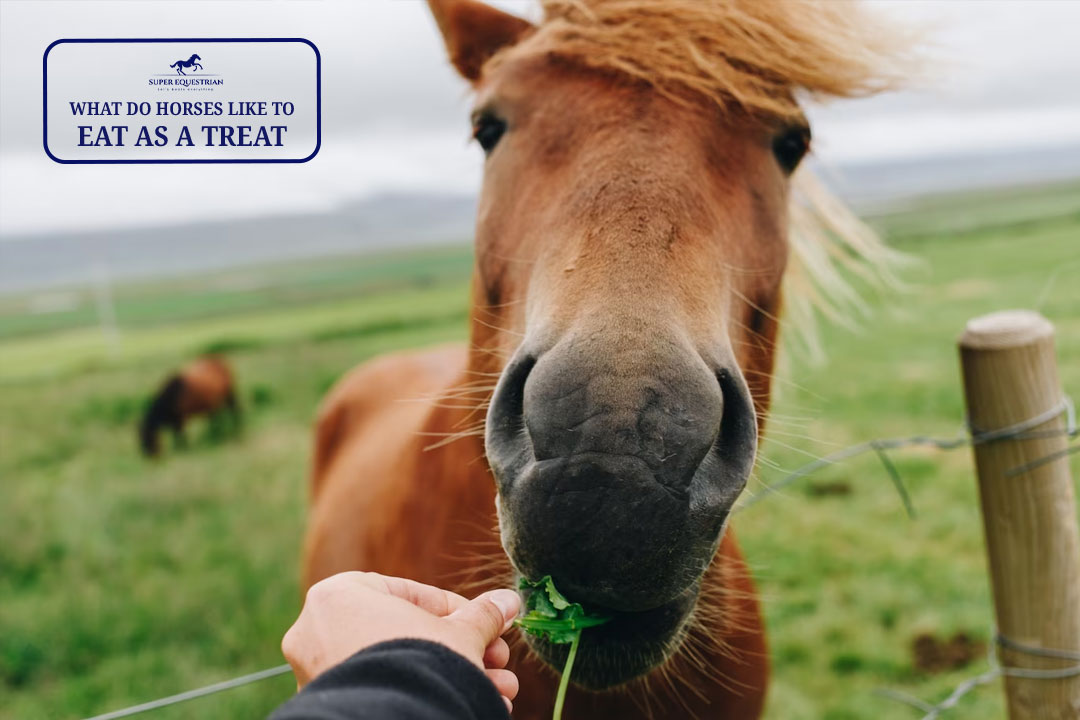
What do horses like to ...

Why do wild horses get ...
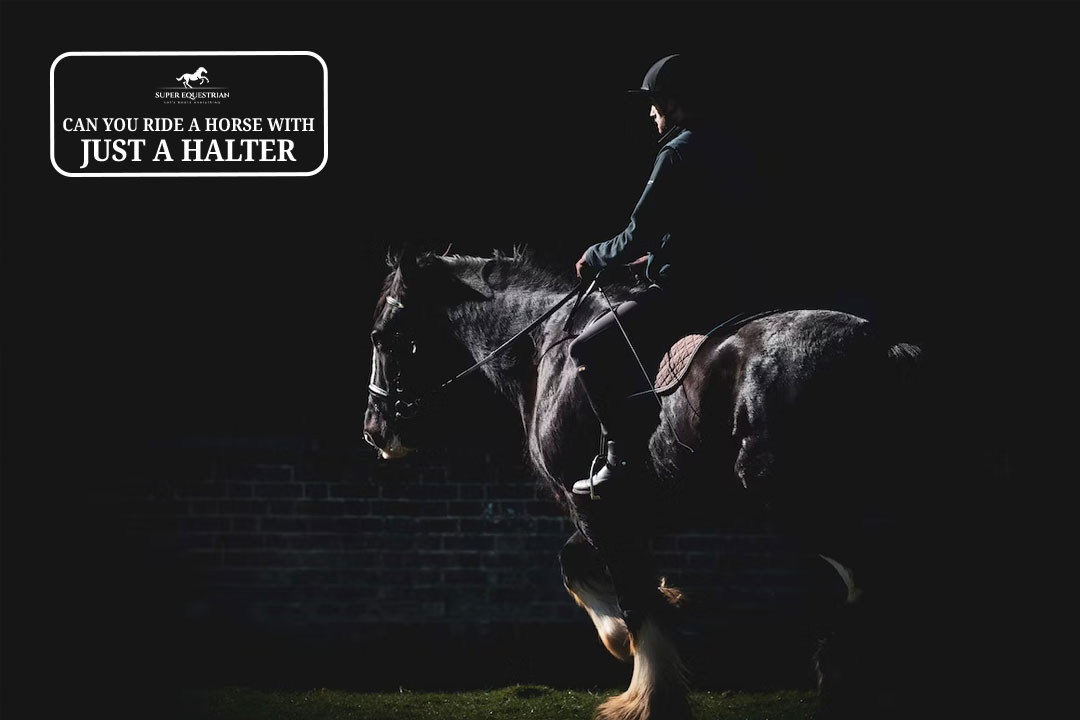
Can you ride a horse ...
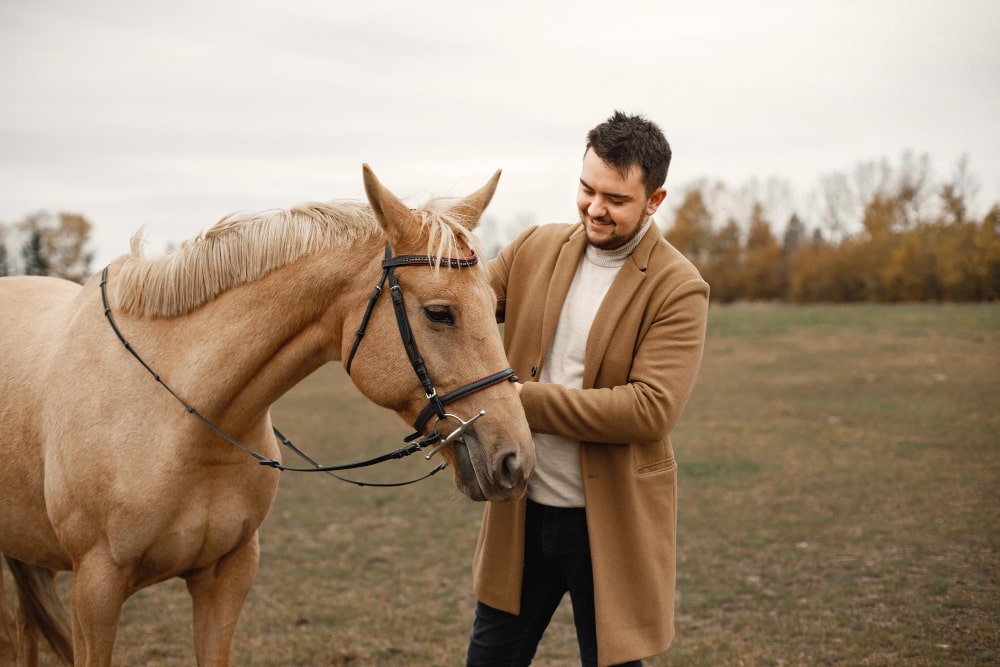
Are horses protective of their ...

Why racking horses are popular ...
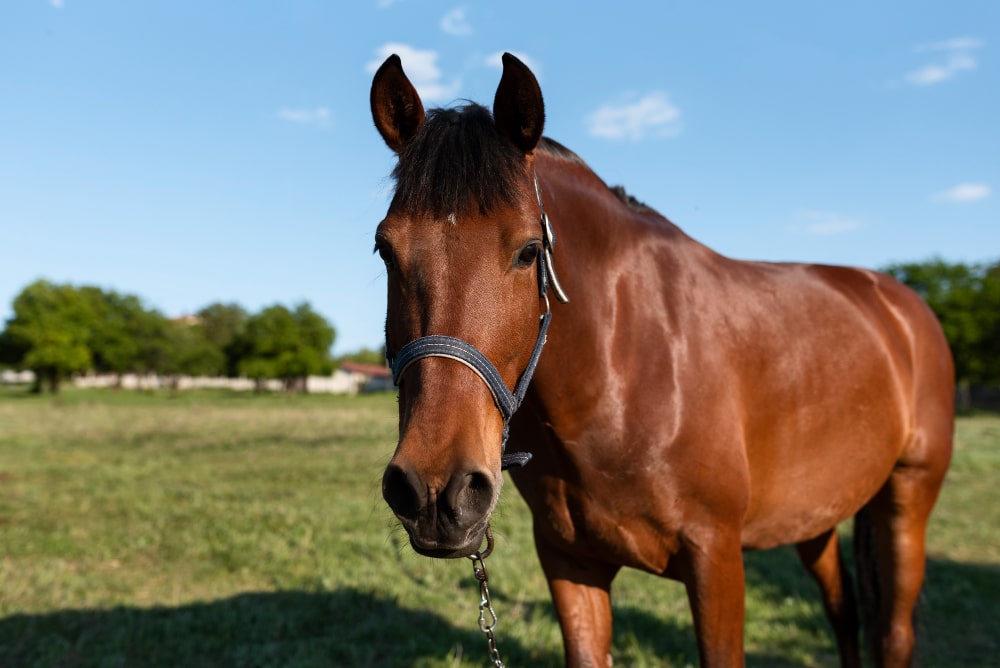
How To Keep Horses Off ...
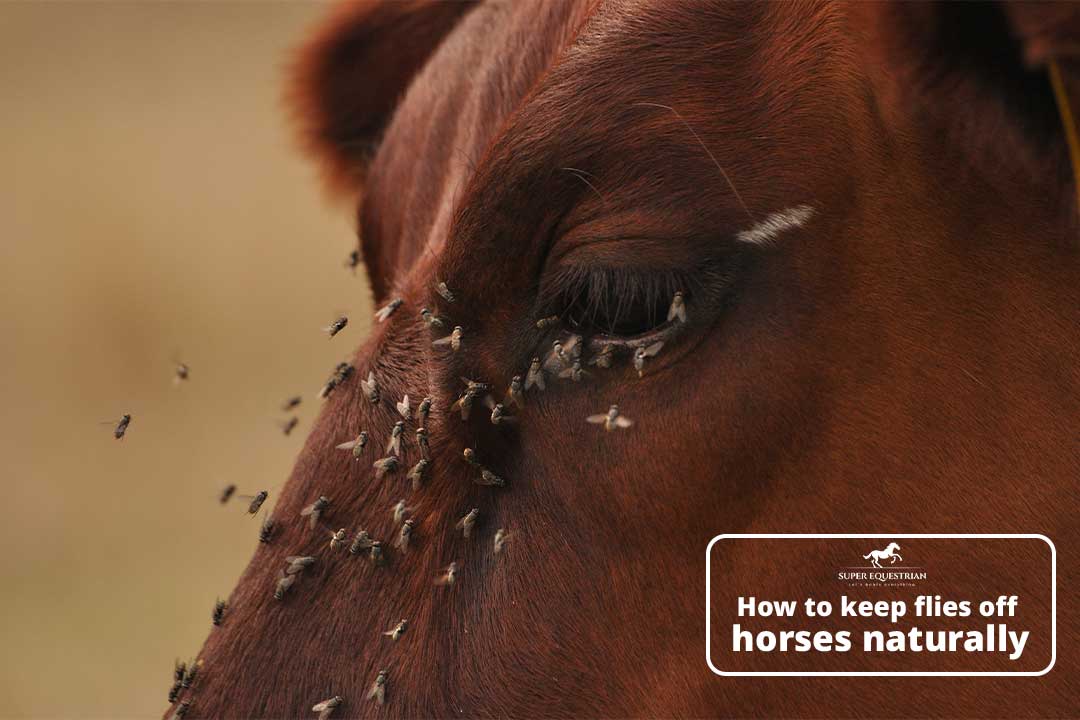
How to Keep Flies Off ...

Pros and Cons Using A ...
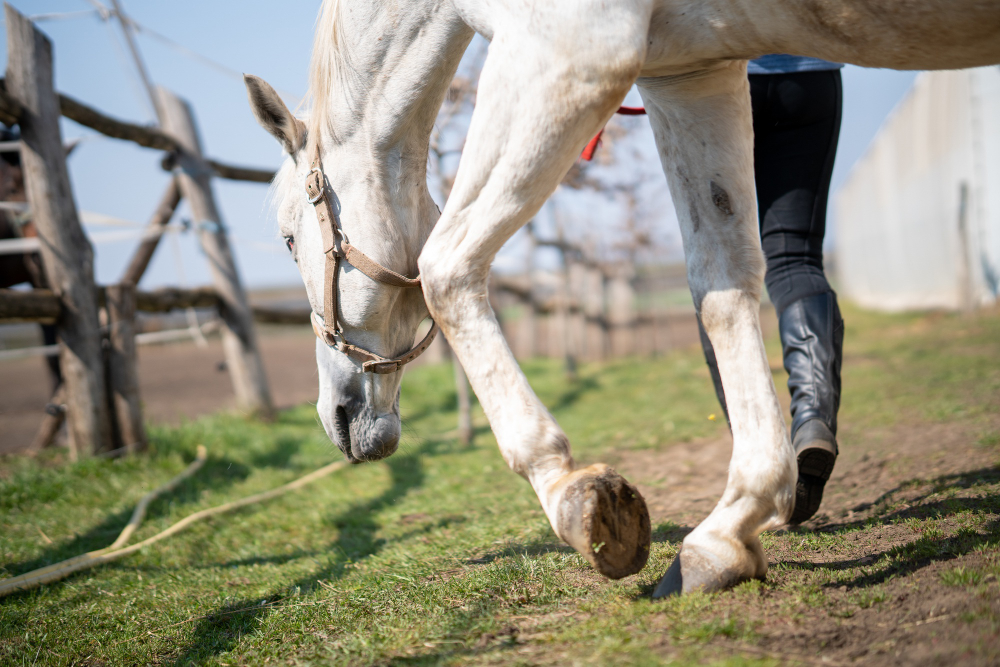
Can you ride a horse ...

Why are Corriente saddles so ...
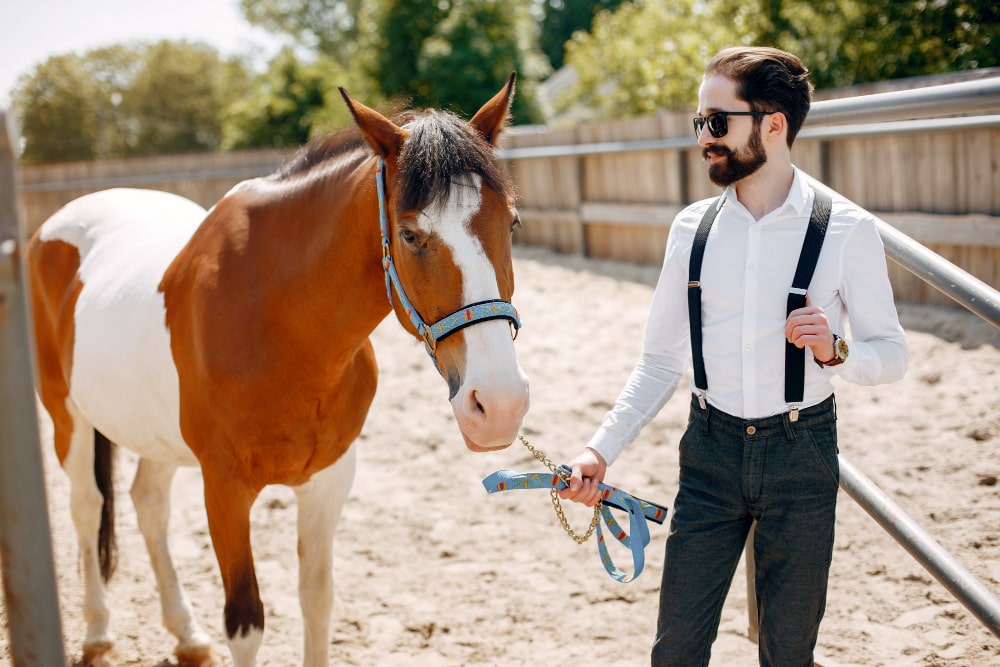
Pros and cons of equine ...
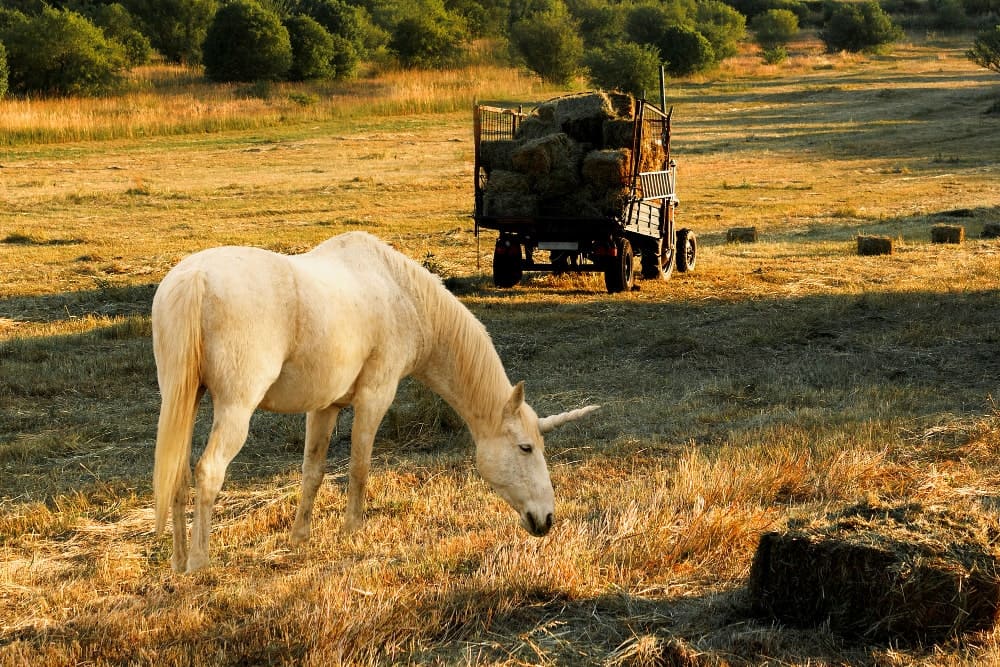
How Long After Mowing Can ...

How to Care for a ...
.jpg)
Why Do Horses Wear Blinders: ...
.jpg)
How to fit an exercise ...

Why is my horse bucking ...
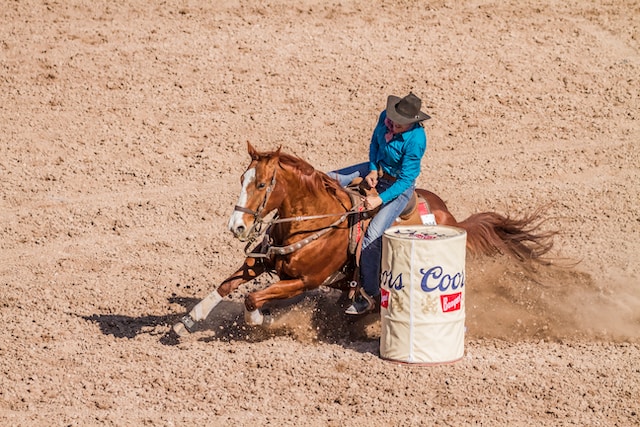
What causes a horse to ...

How to Stop a Horse ...
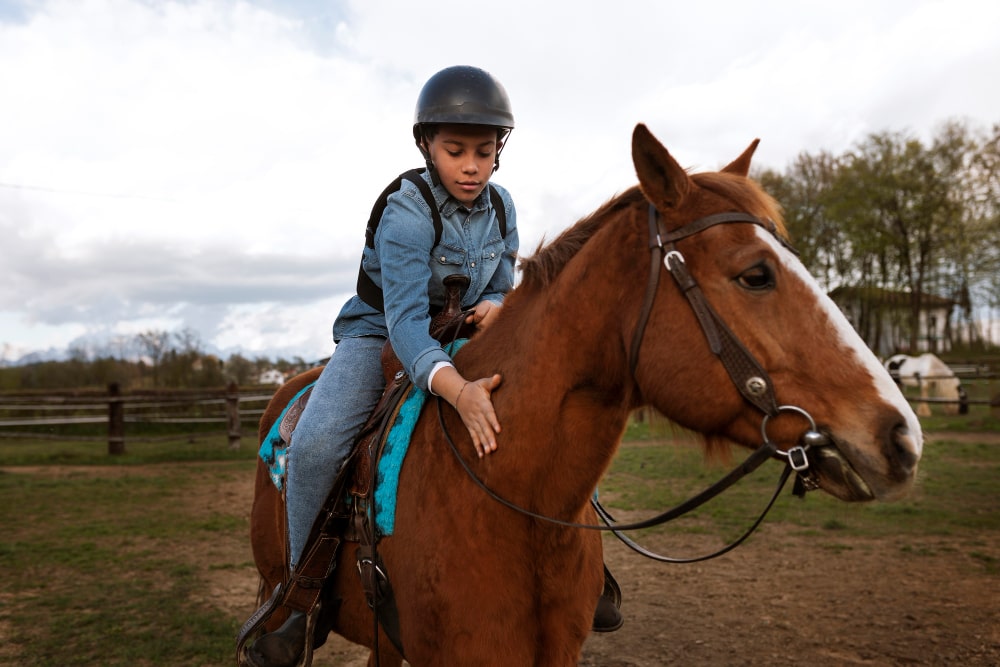
Why Is My Horse Bunny ...
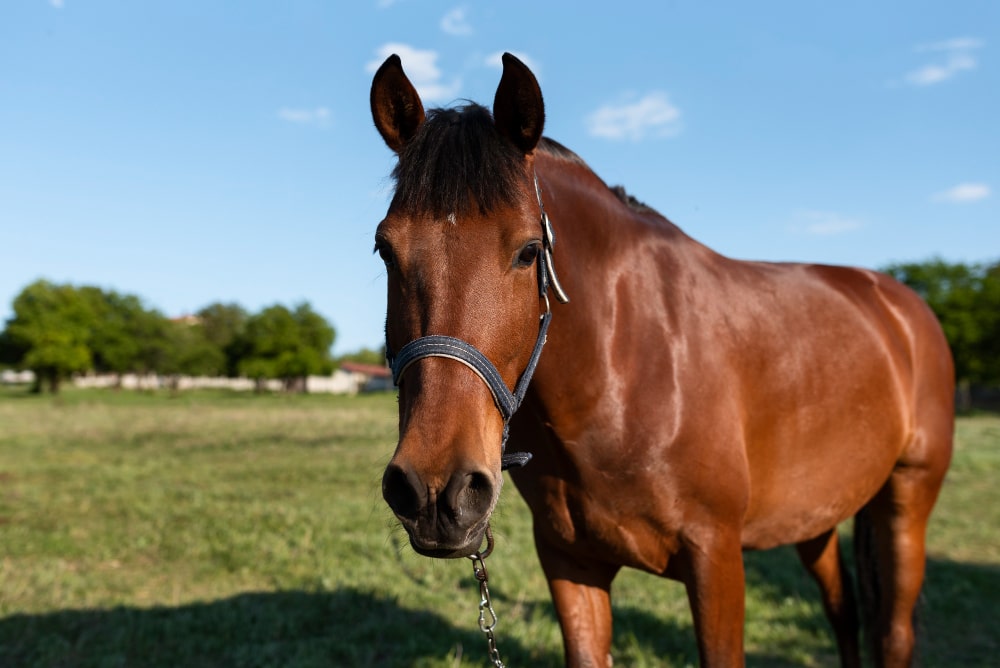
How To Improve Pasture For ...
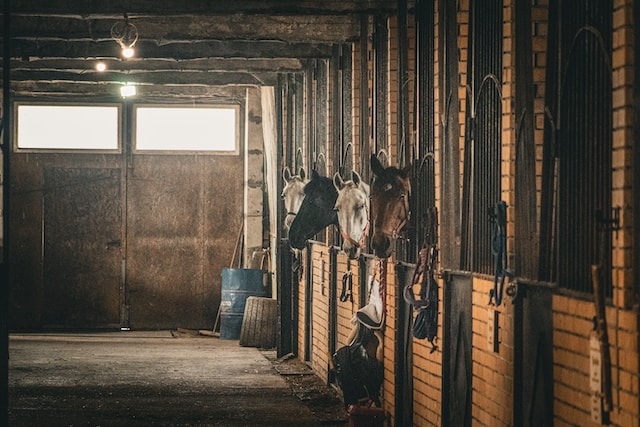
How to get the smell ...

Can you add ramp to ...

What Is The Temperament Of ...
.jpg)
Why Is Friesian Horse Hair ...
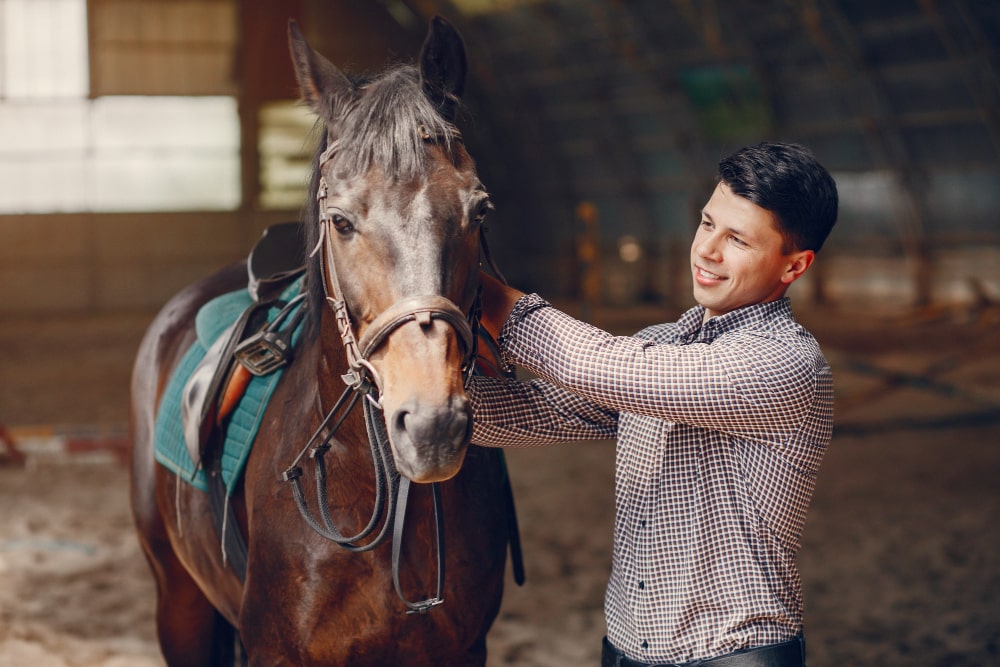
Why is my horse testing ...
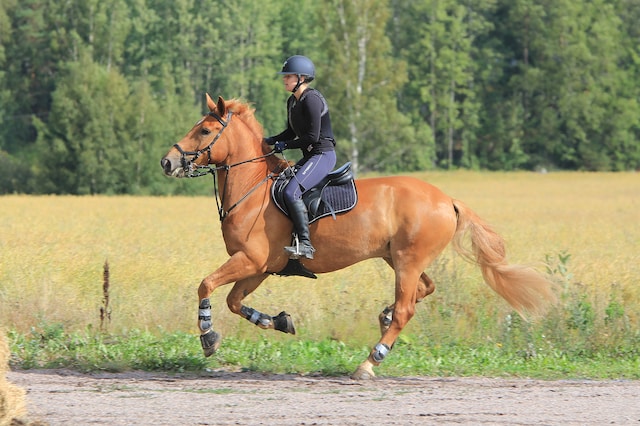
How often you should take ...
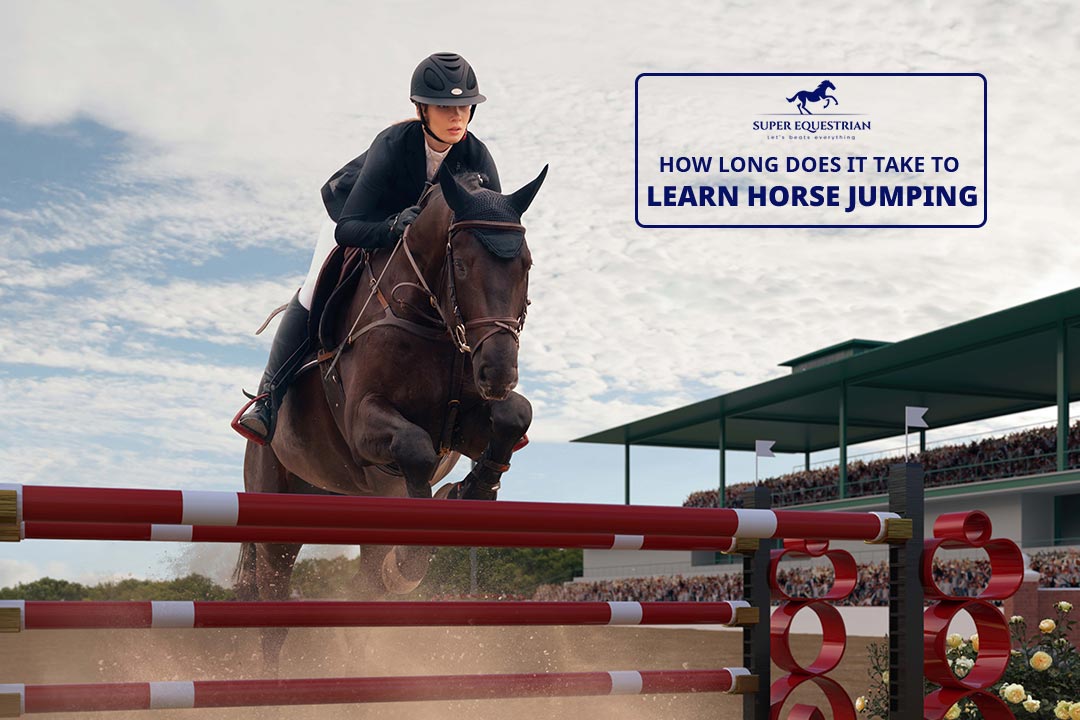
How long does it take ...
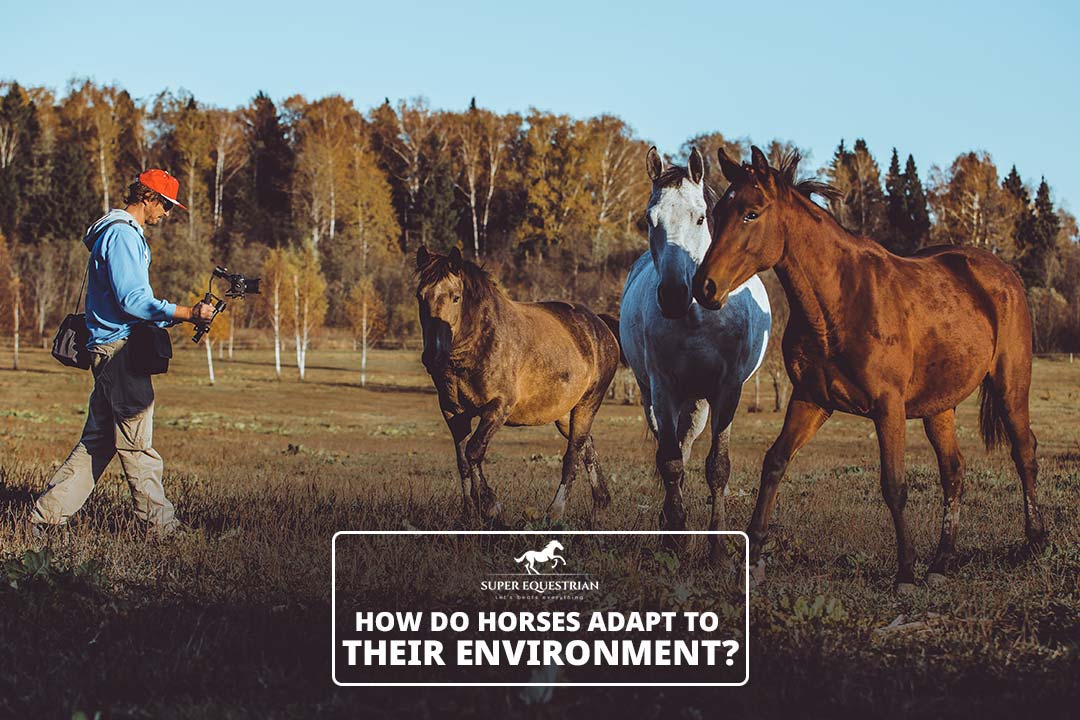
How do horses adapt to ...

How To Prepare For A ...
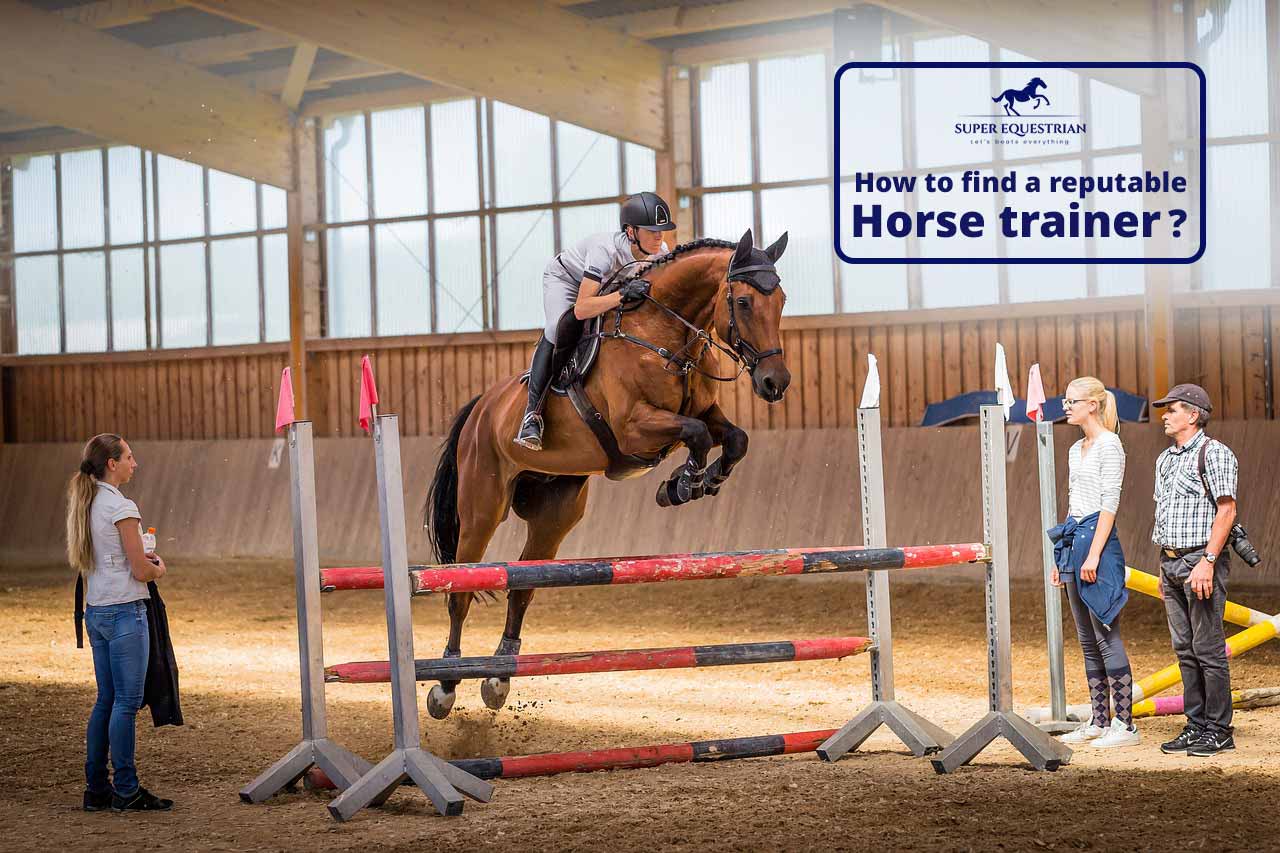
How To Find A Reputable ...
.jpg)
Do Horses Get Medals at ...

How to create a horse-...